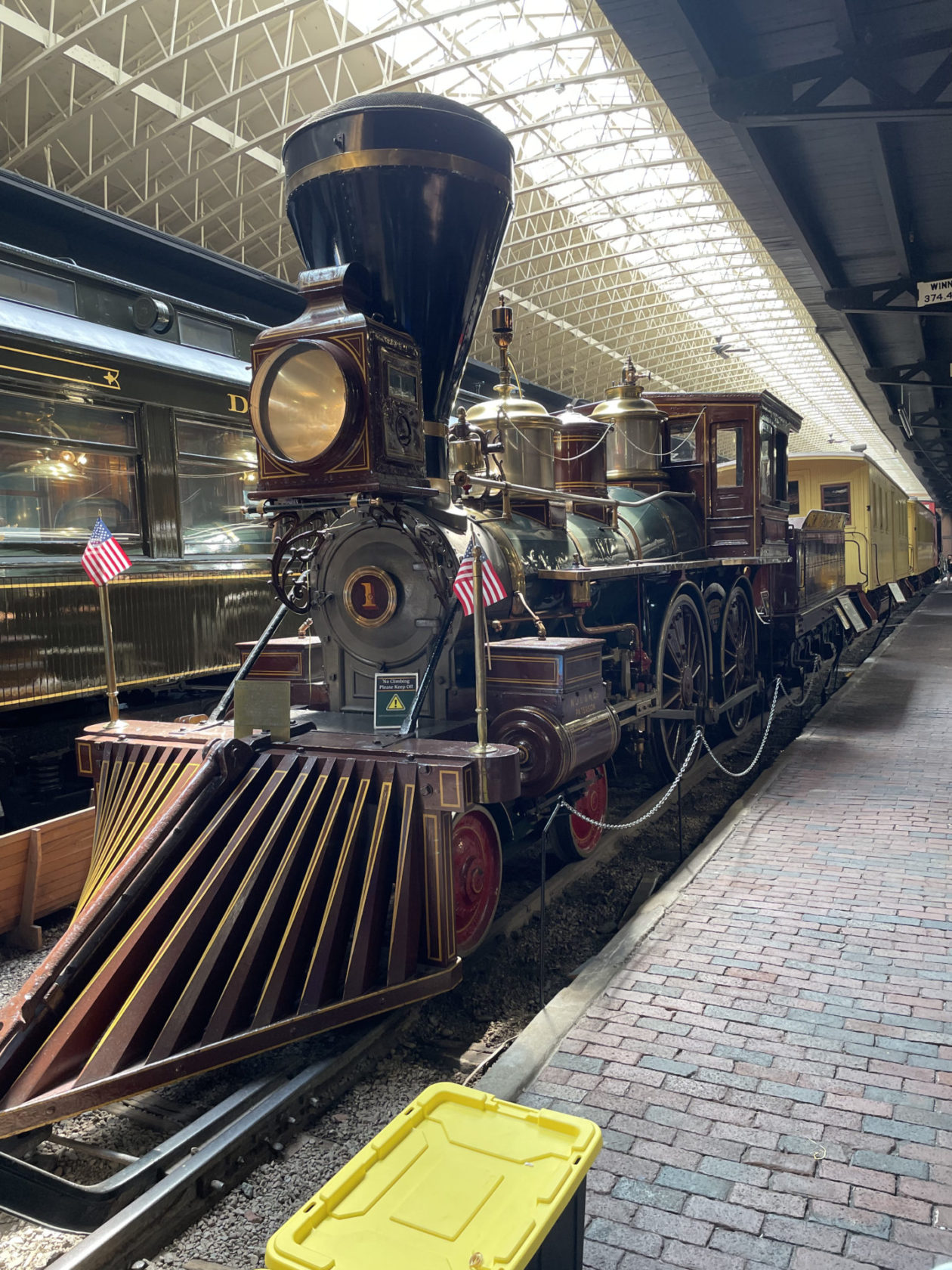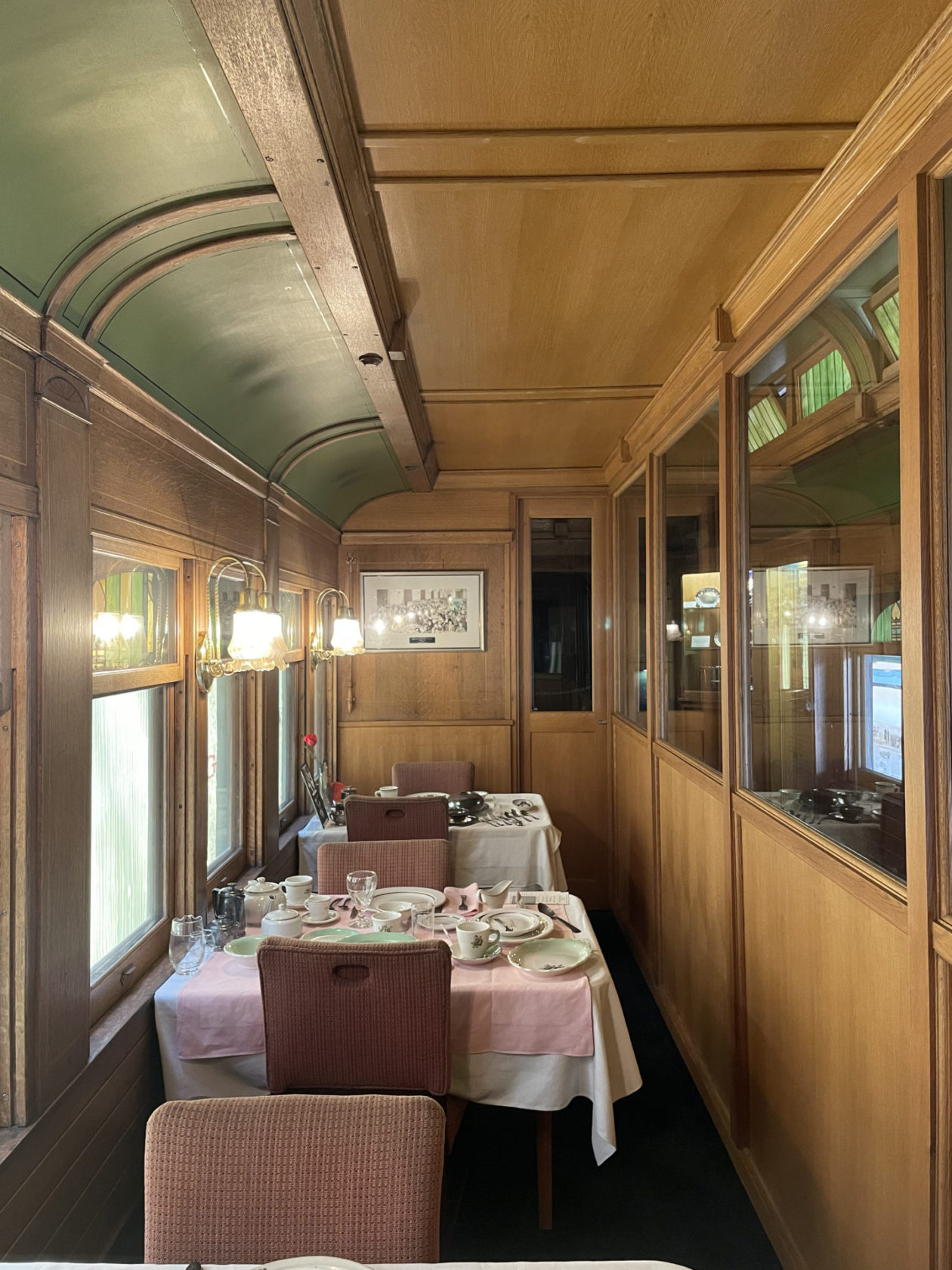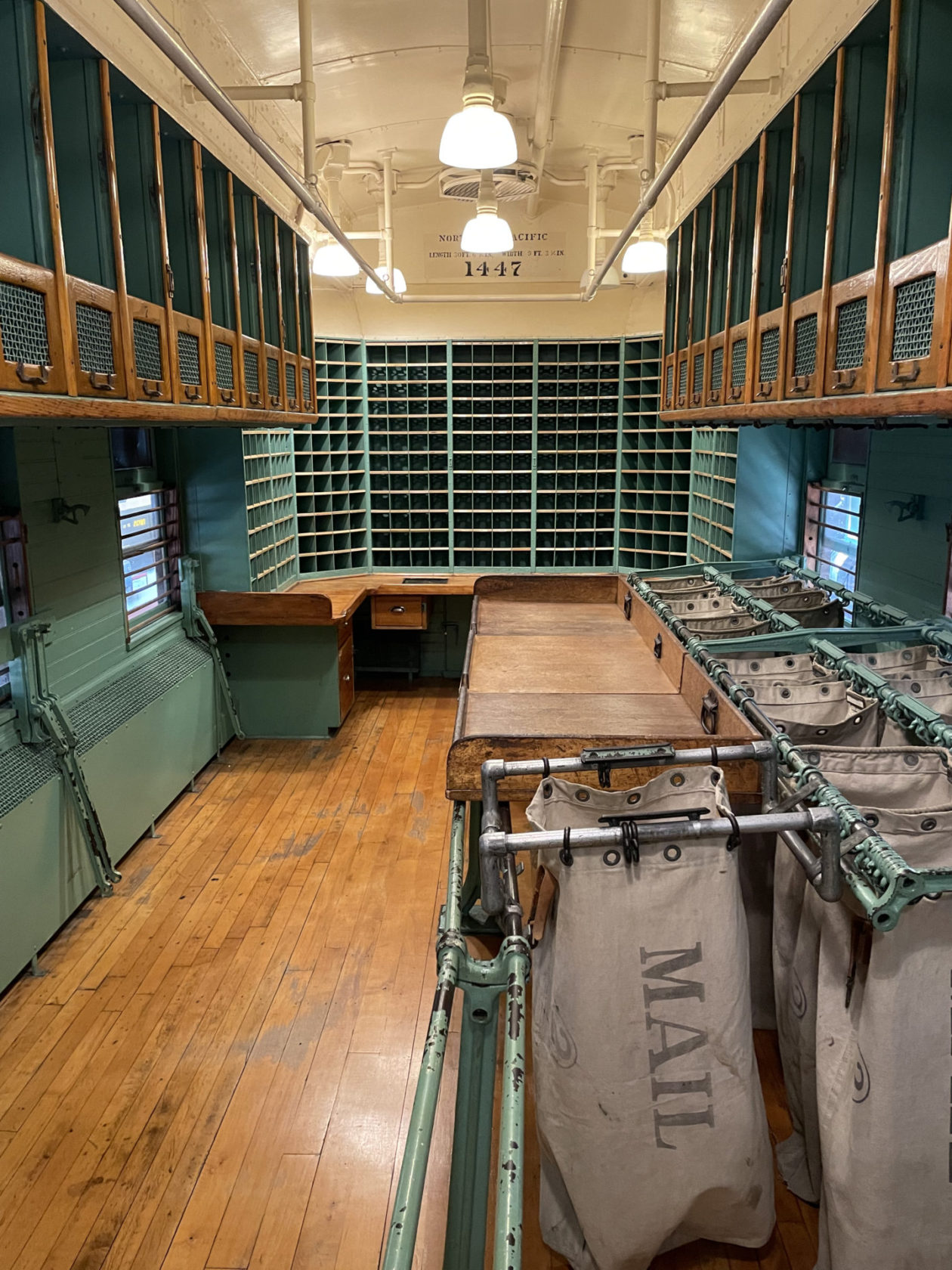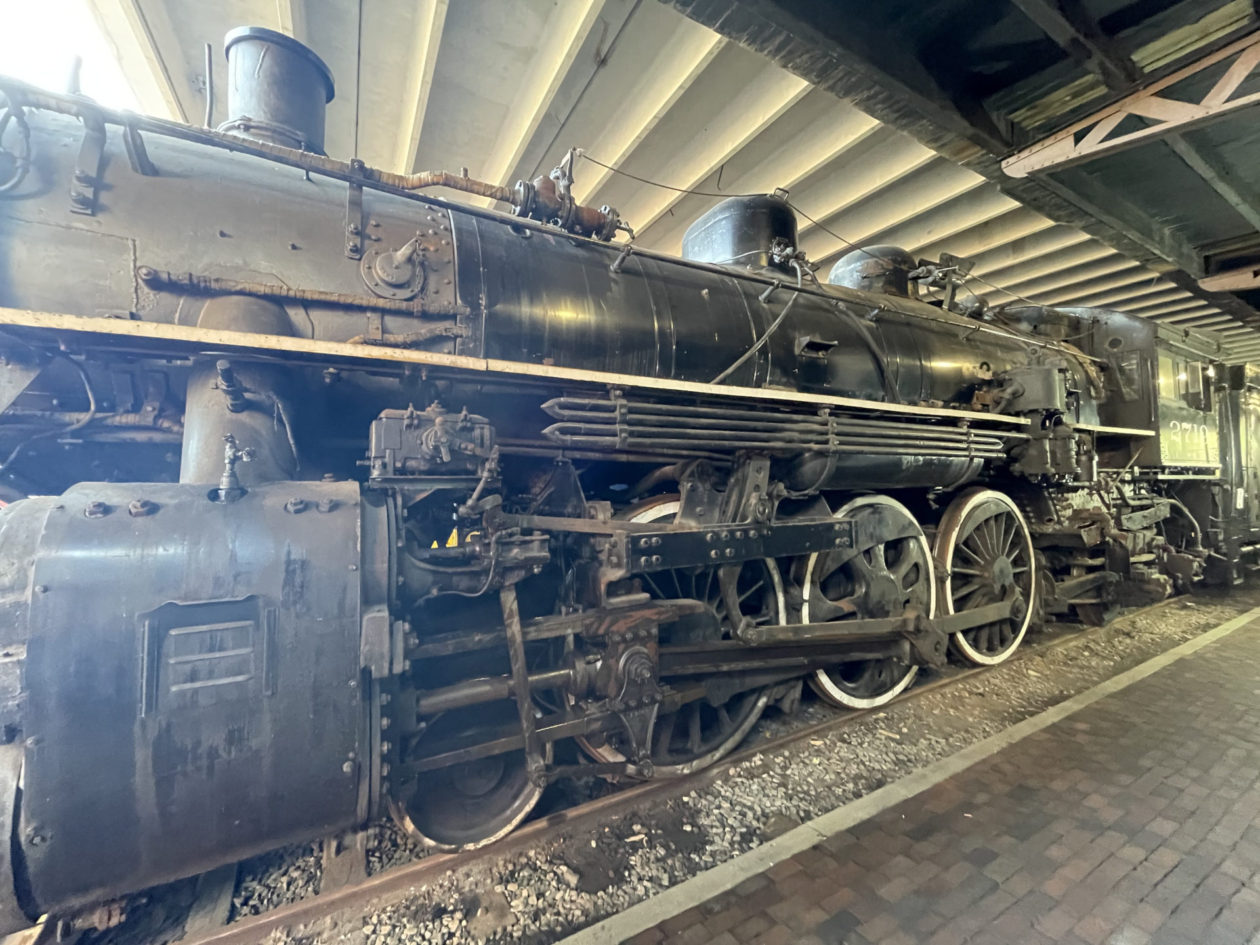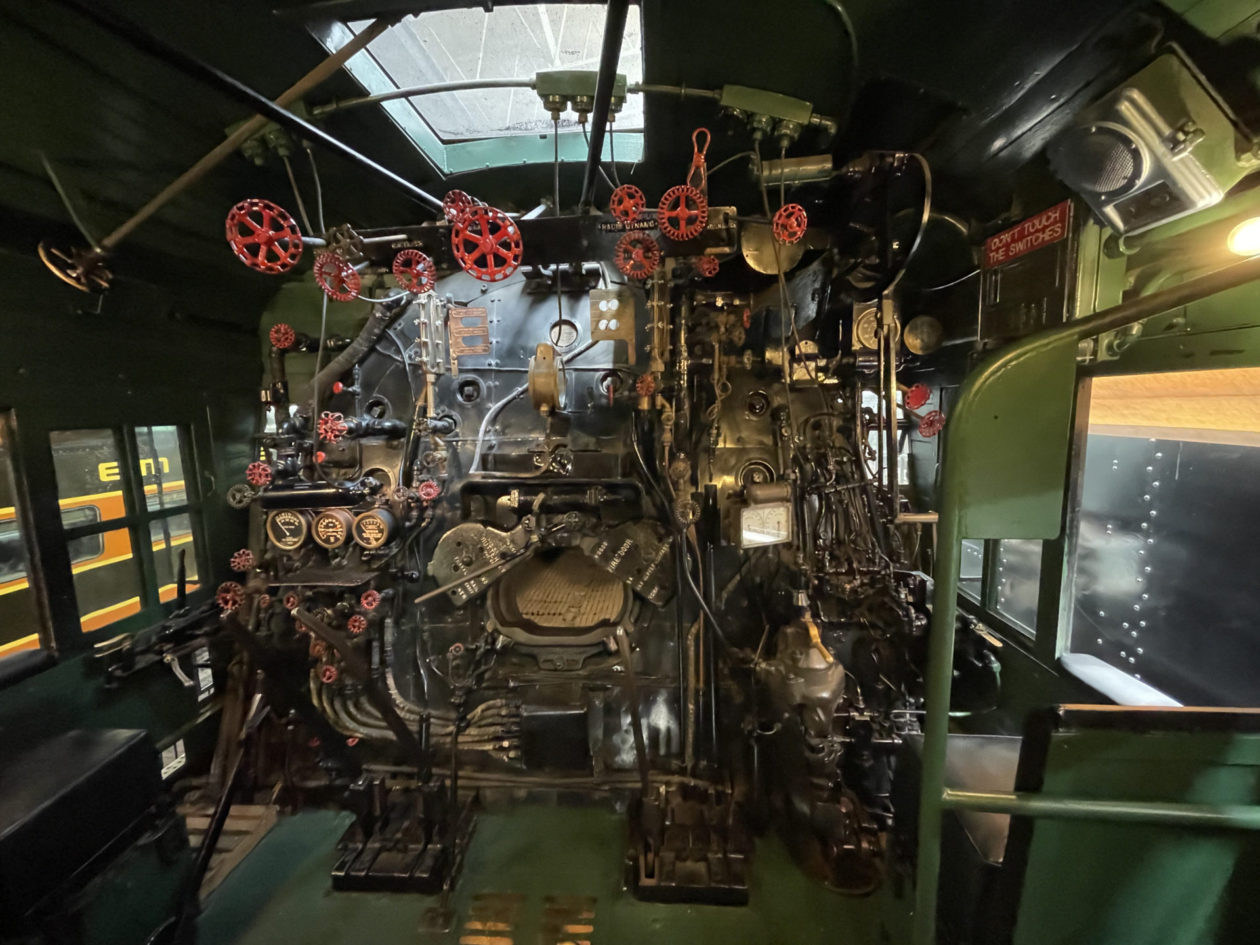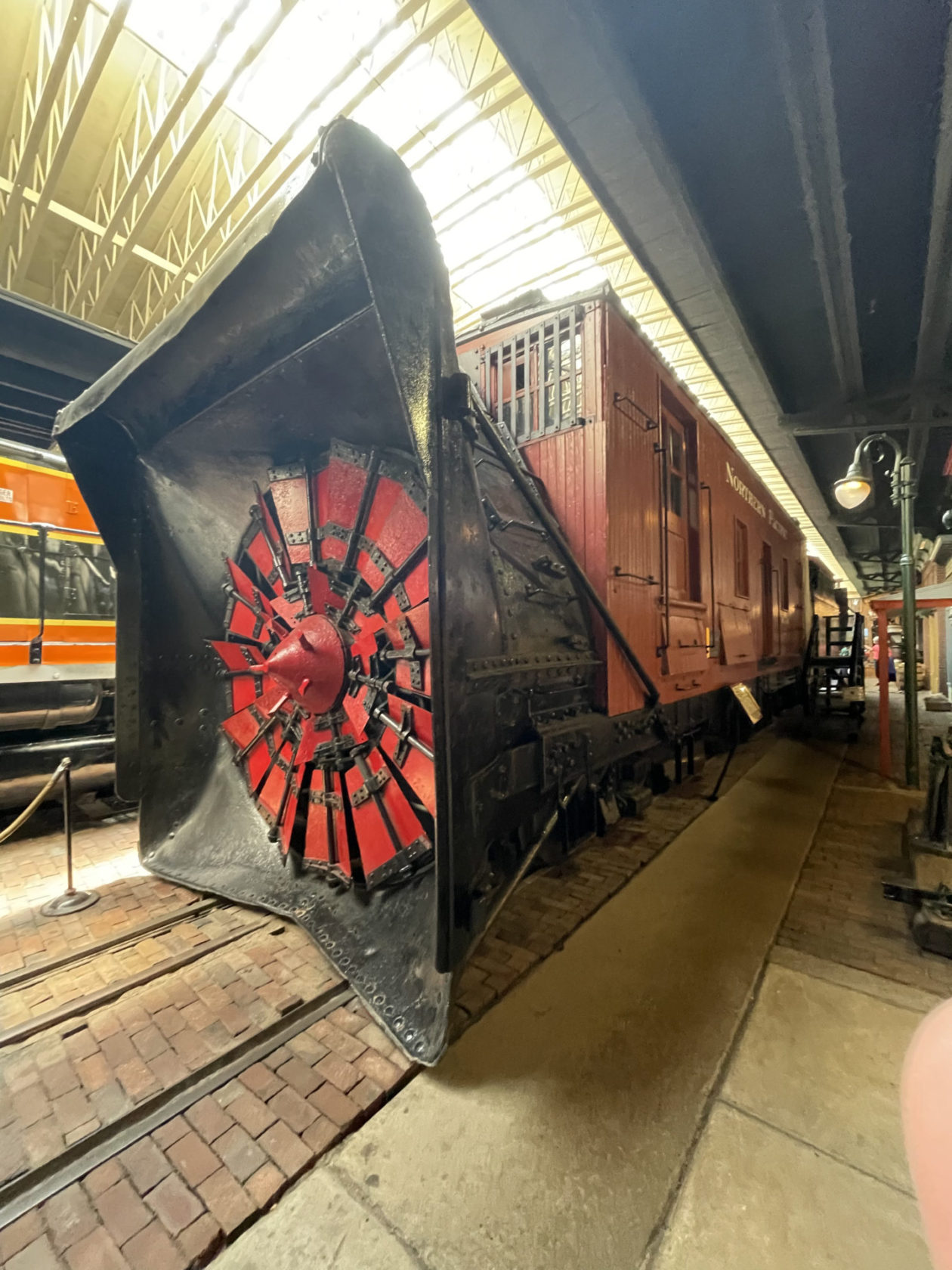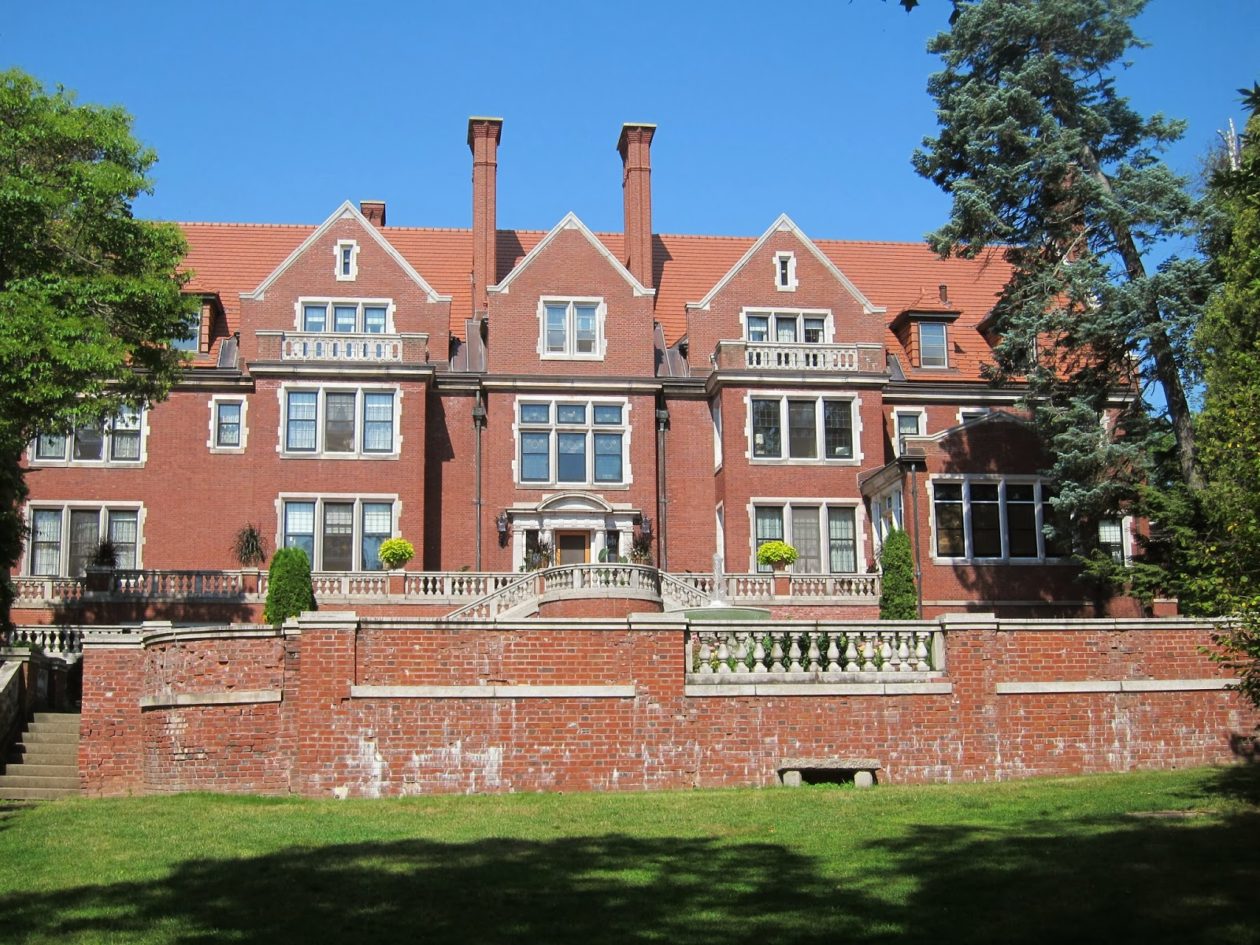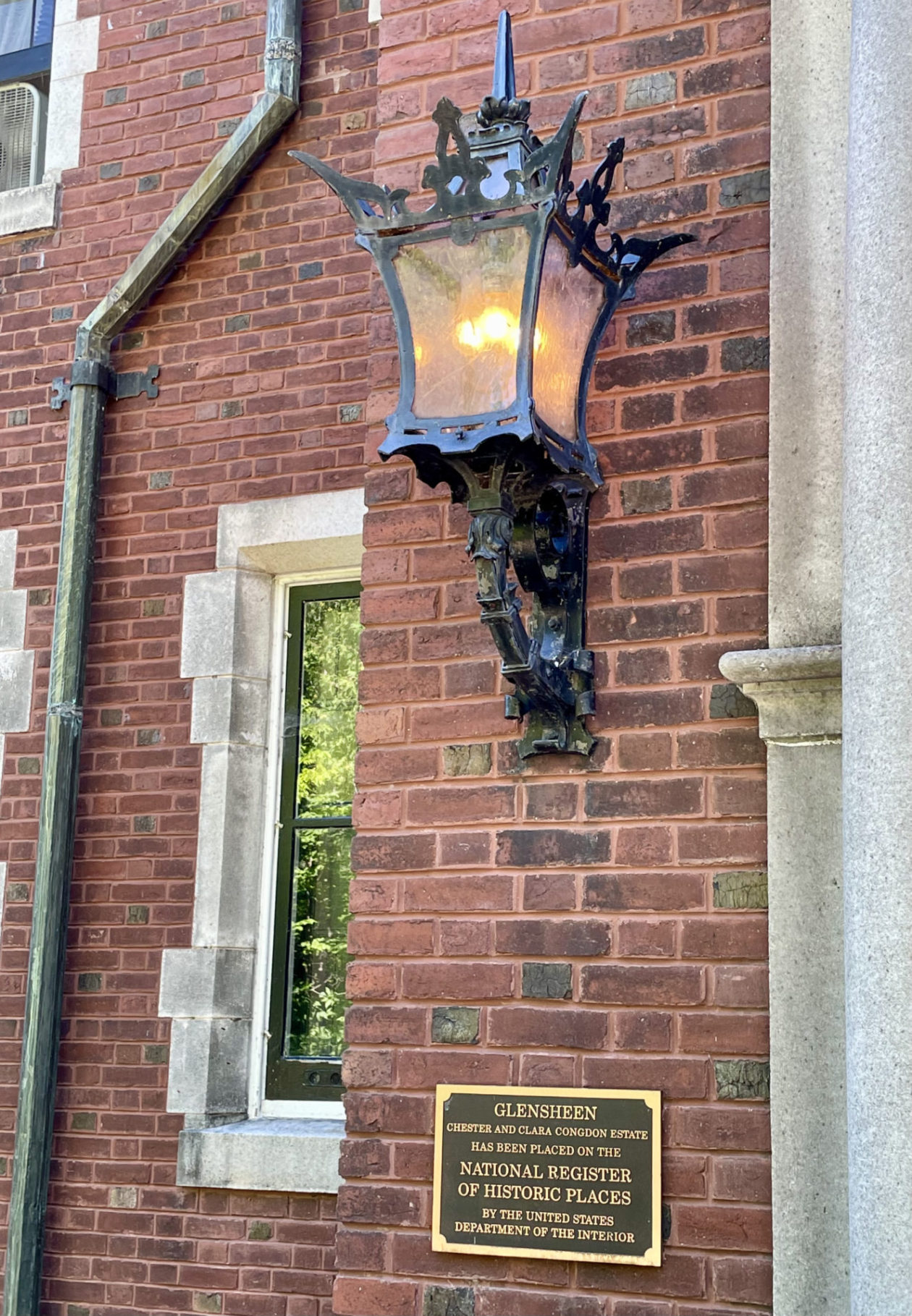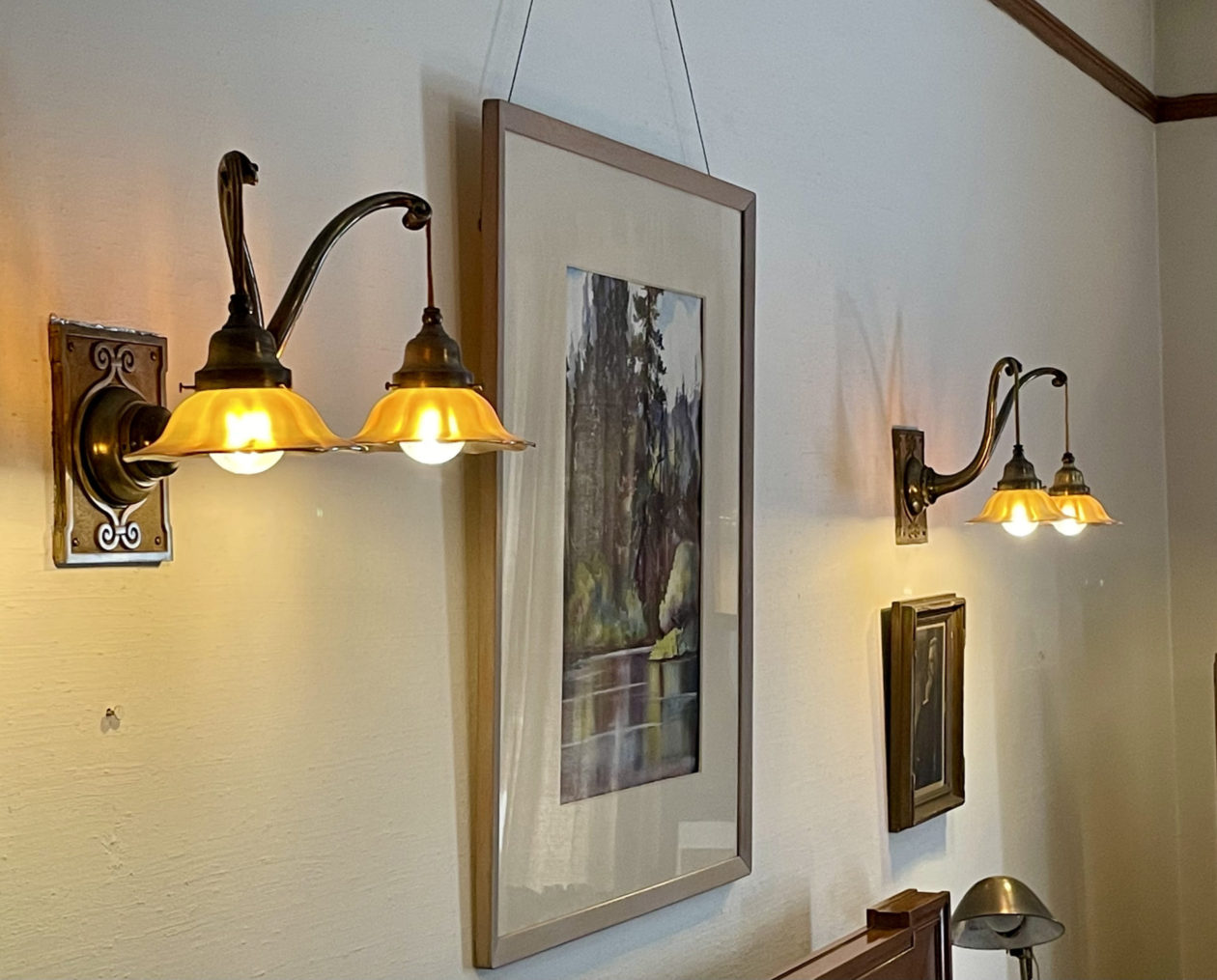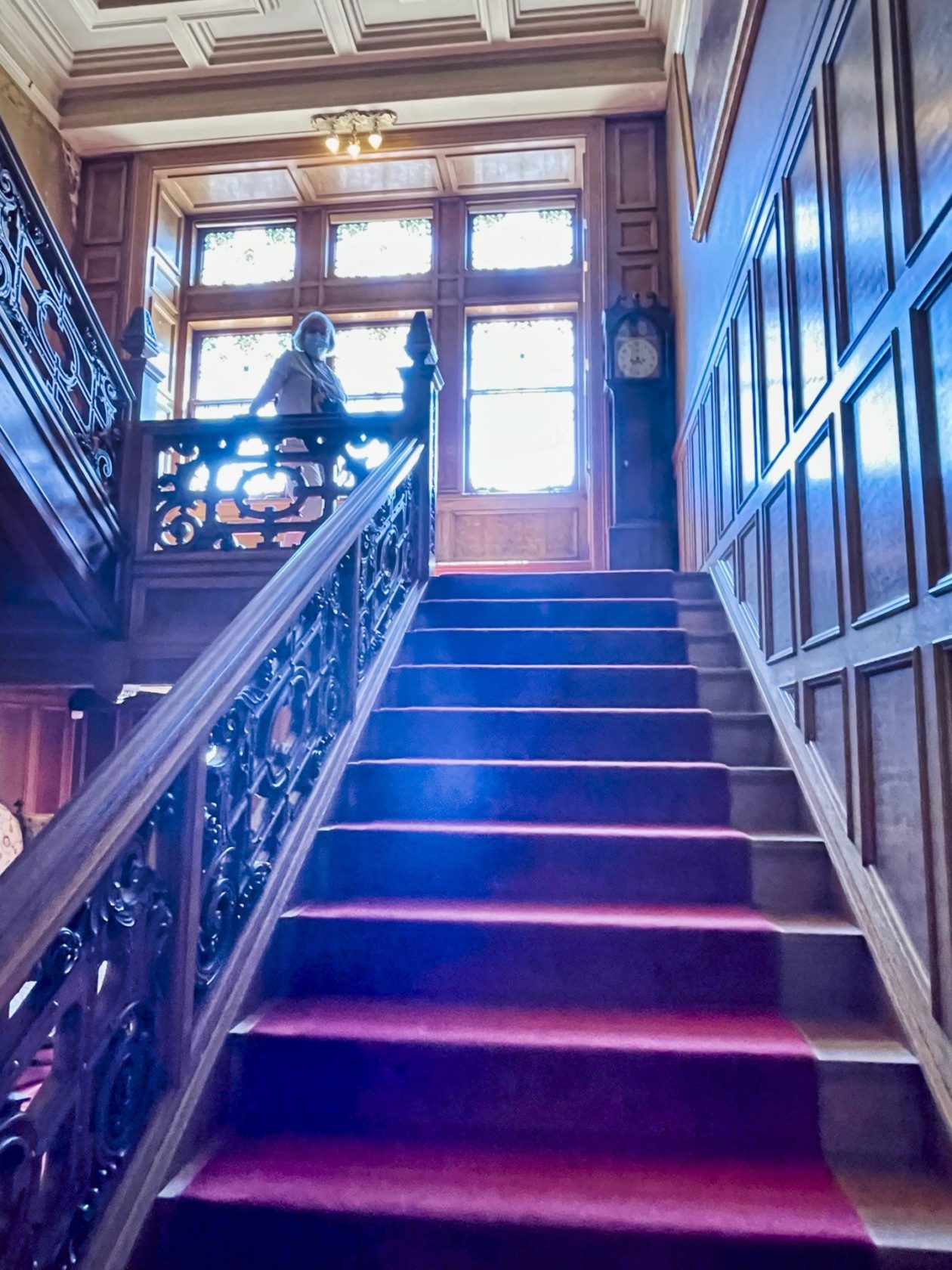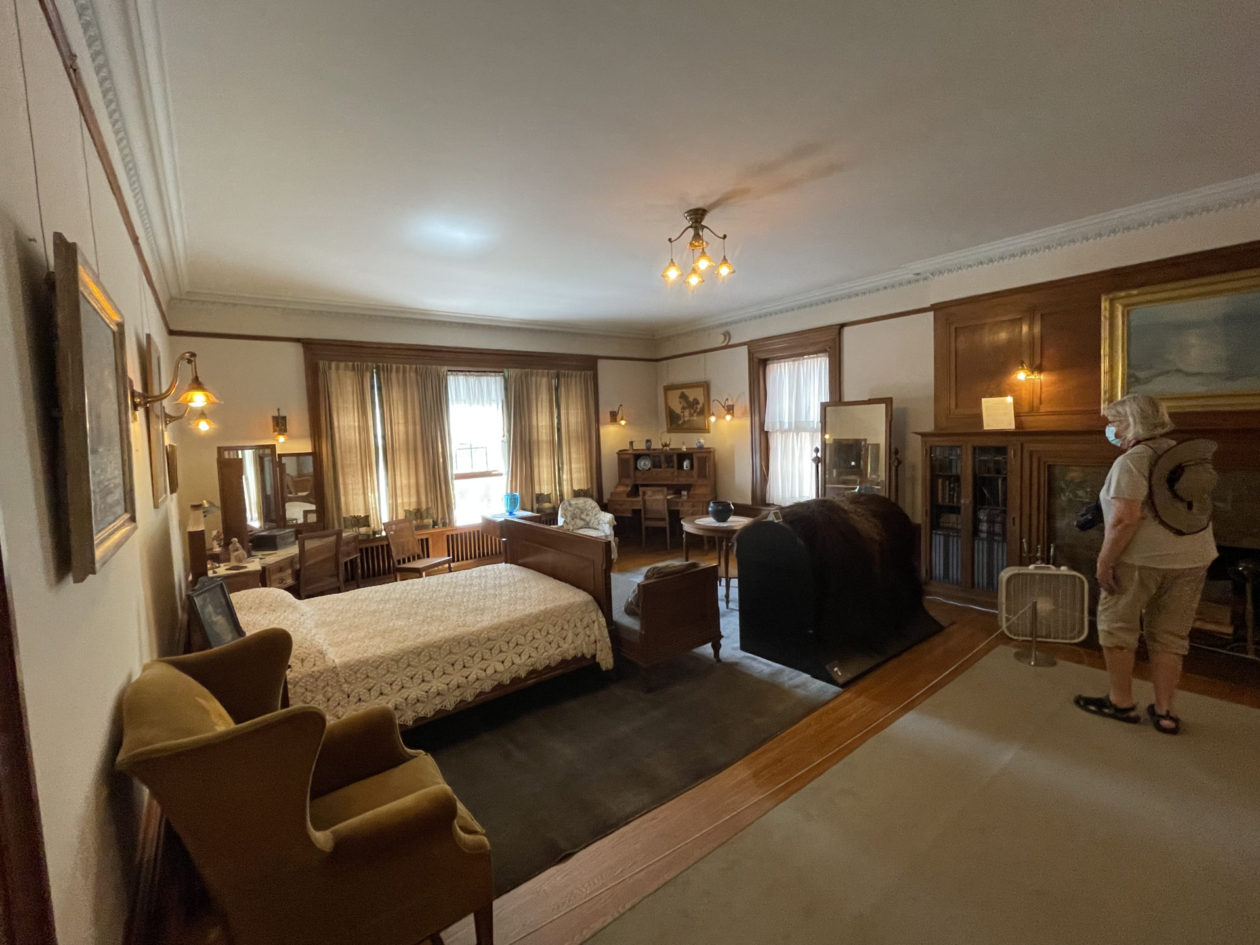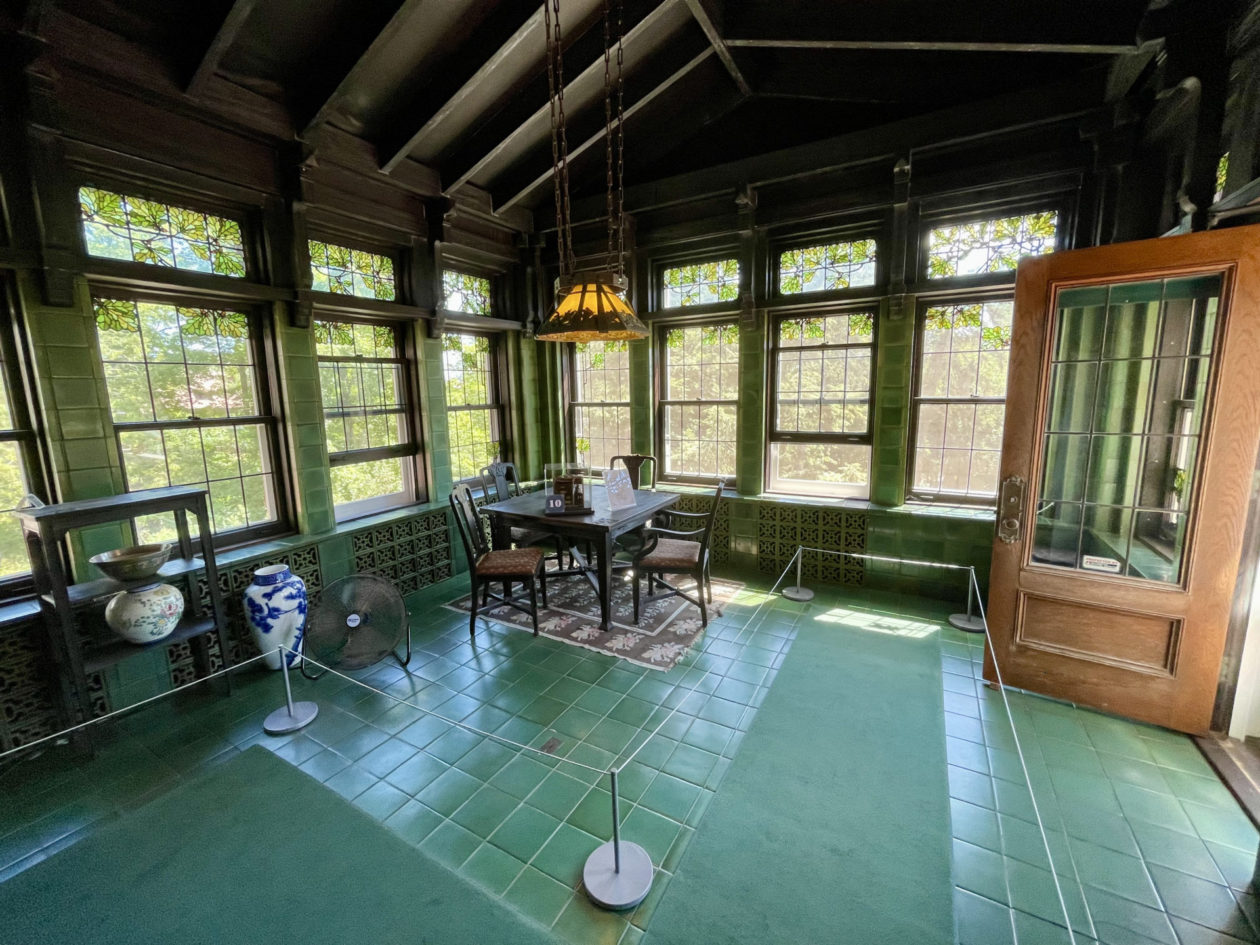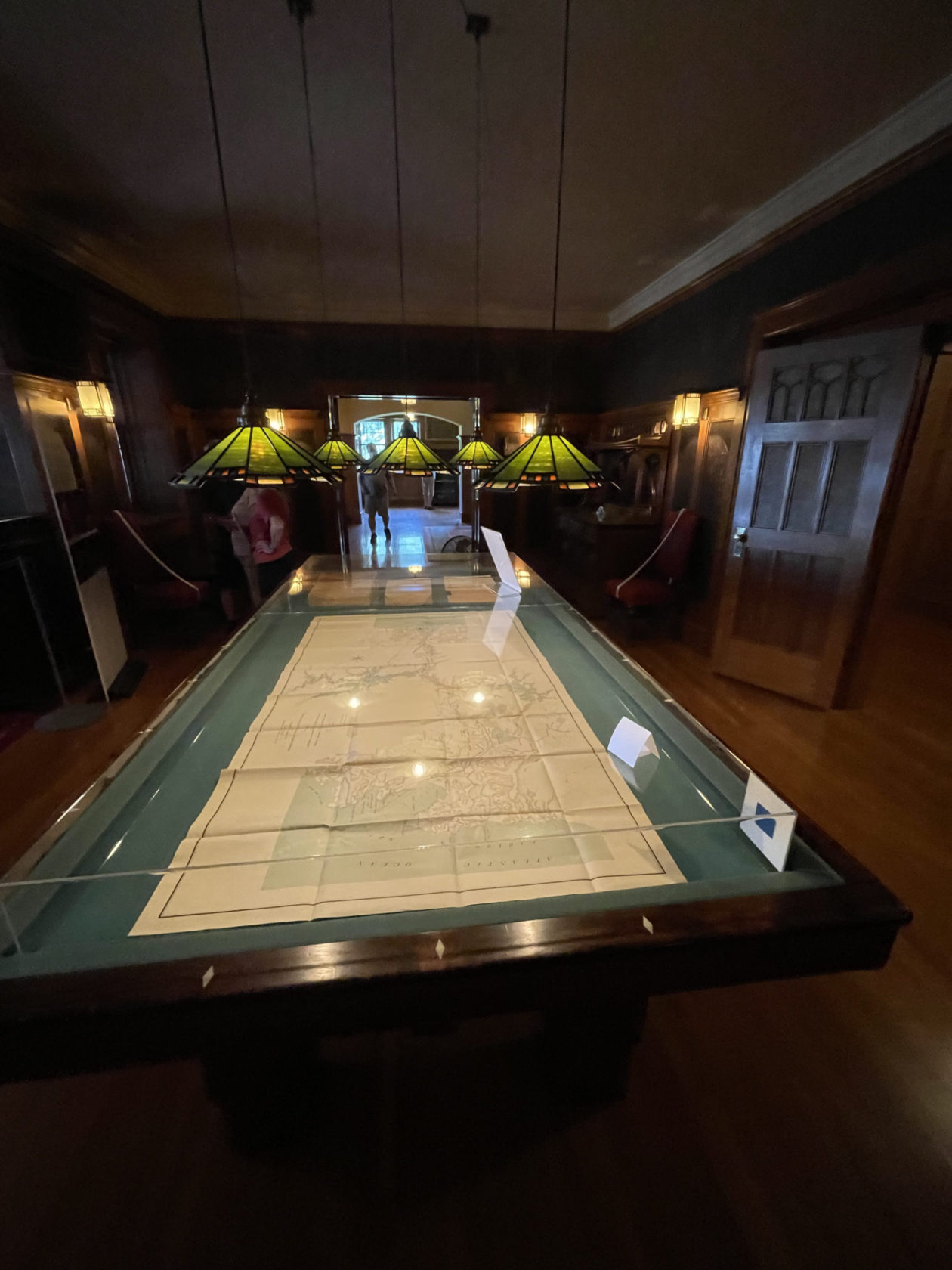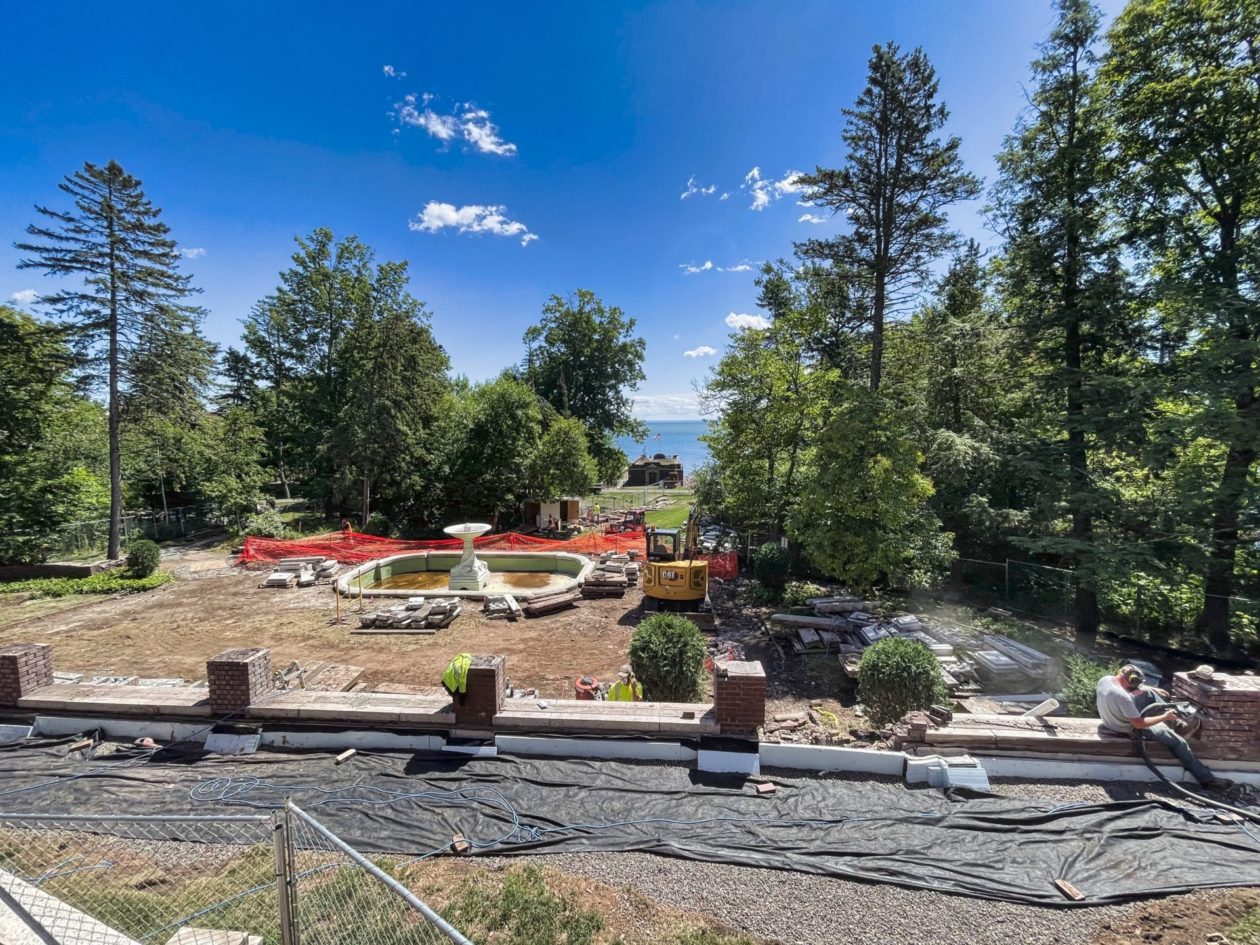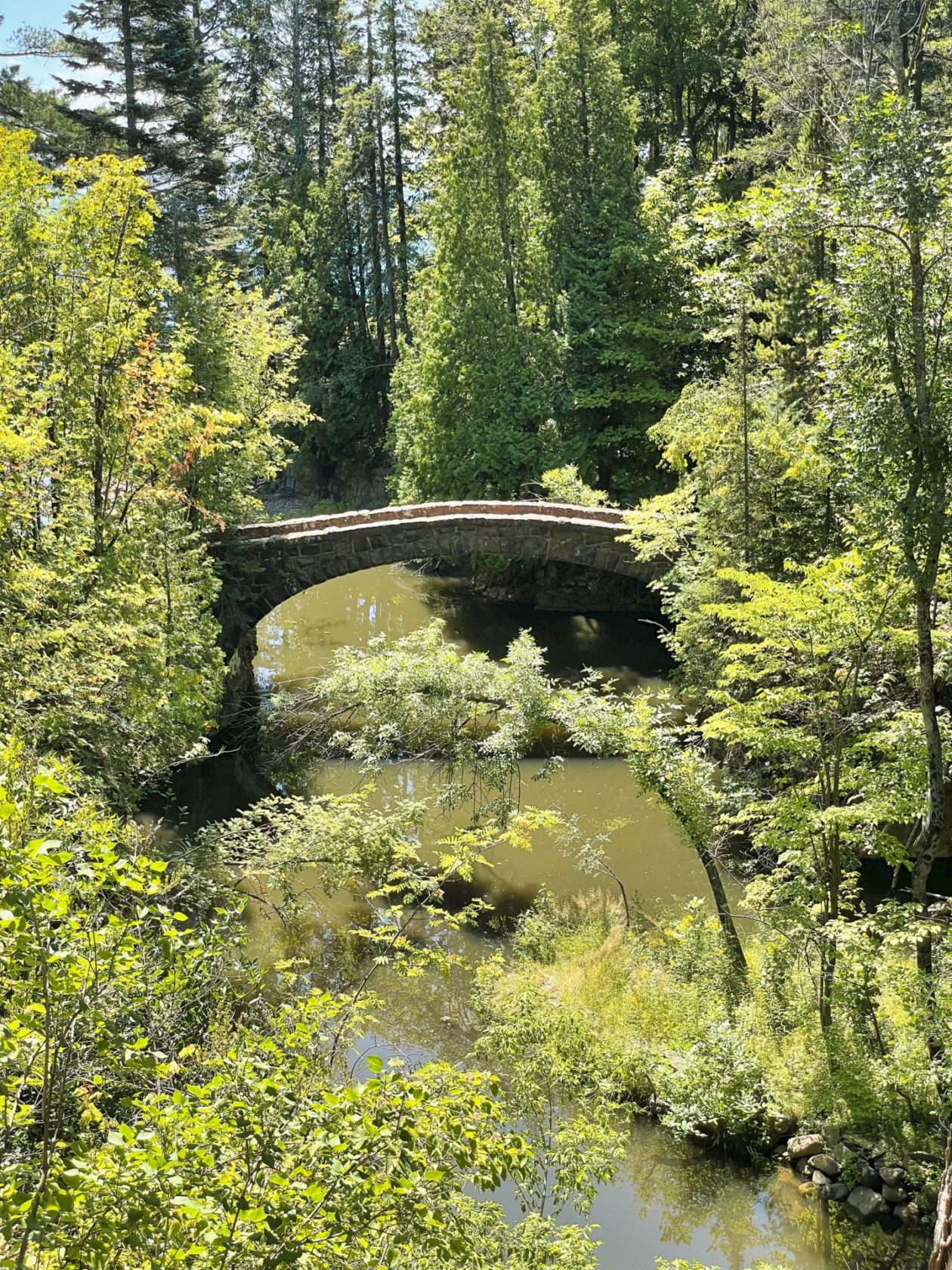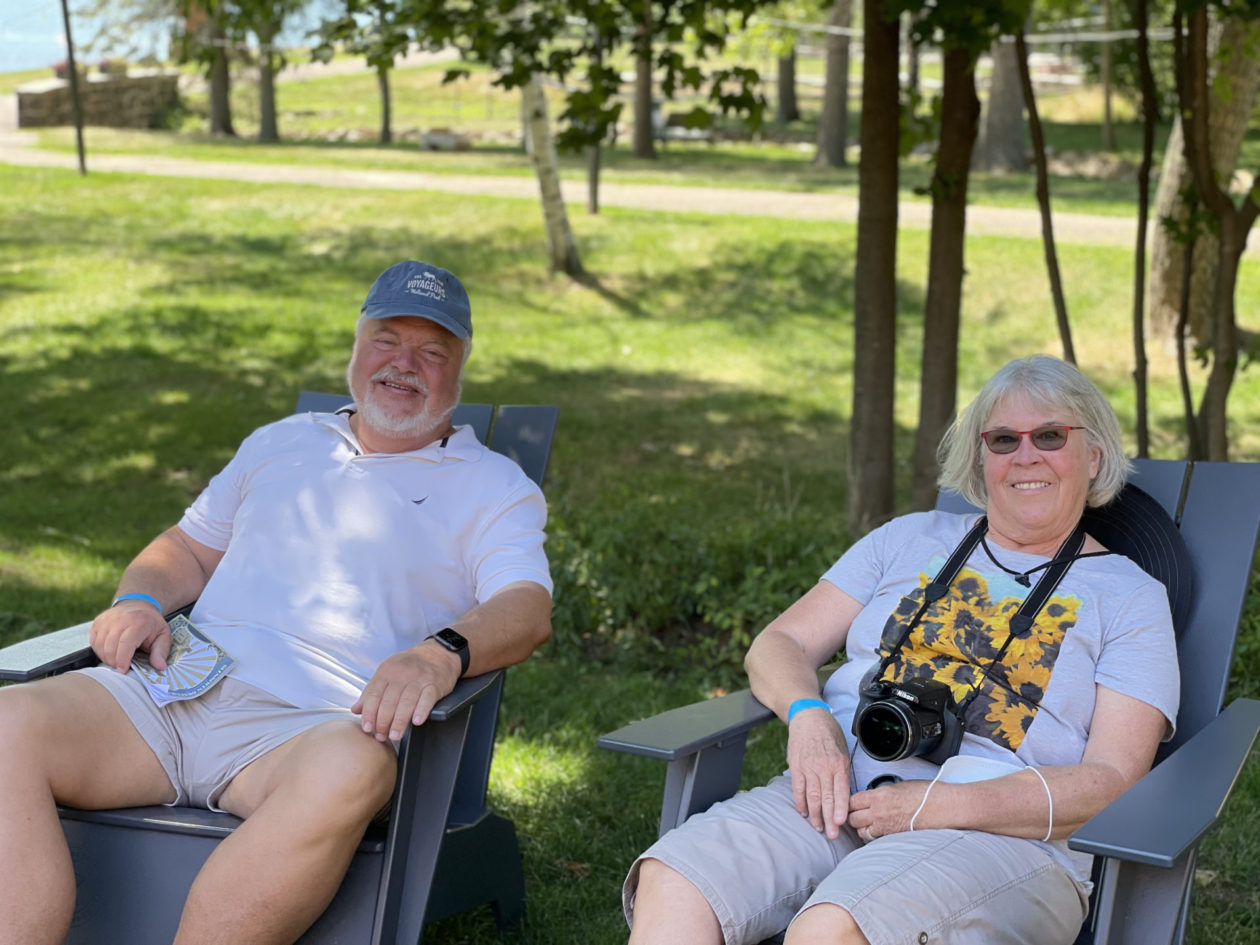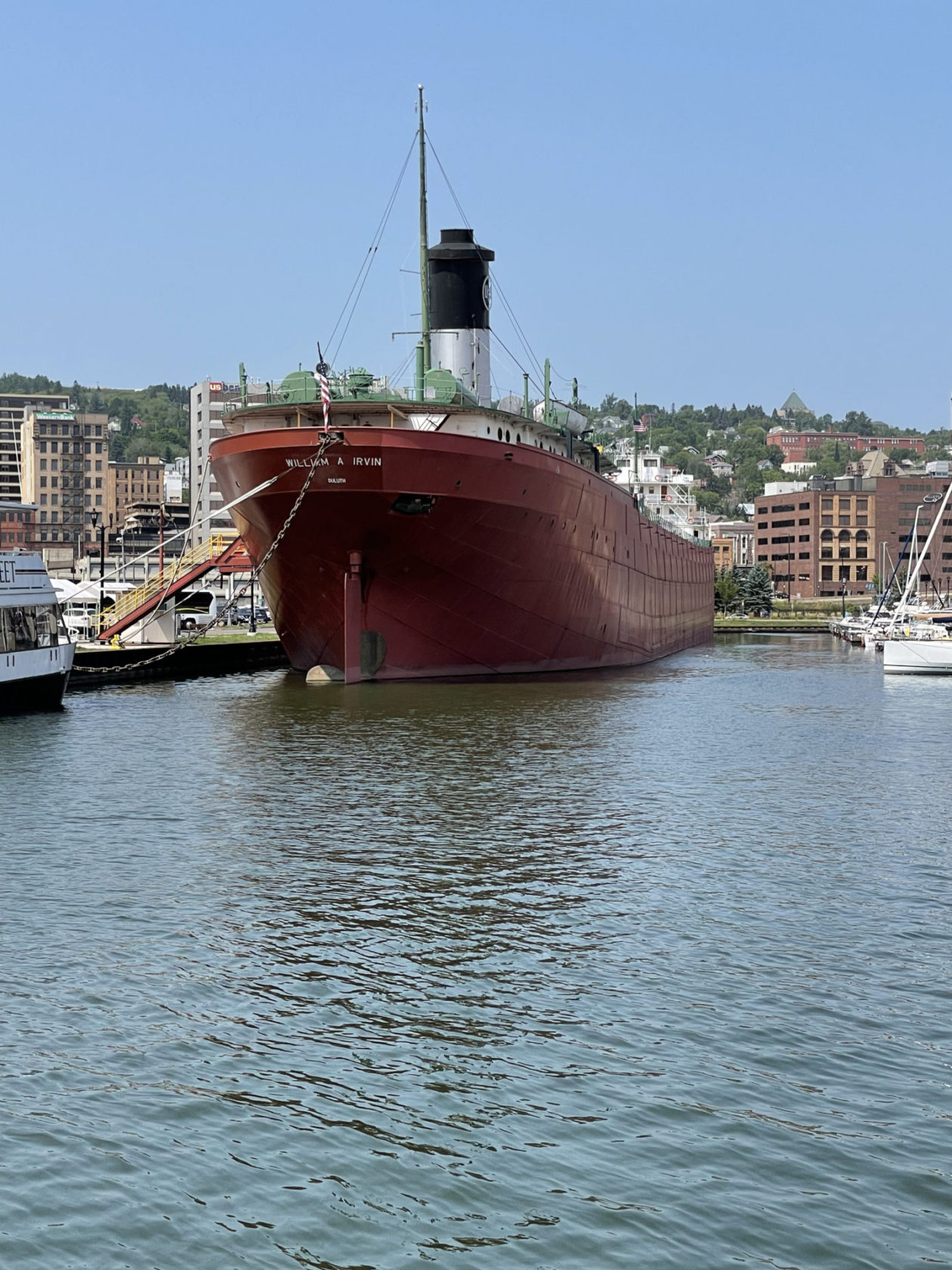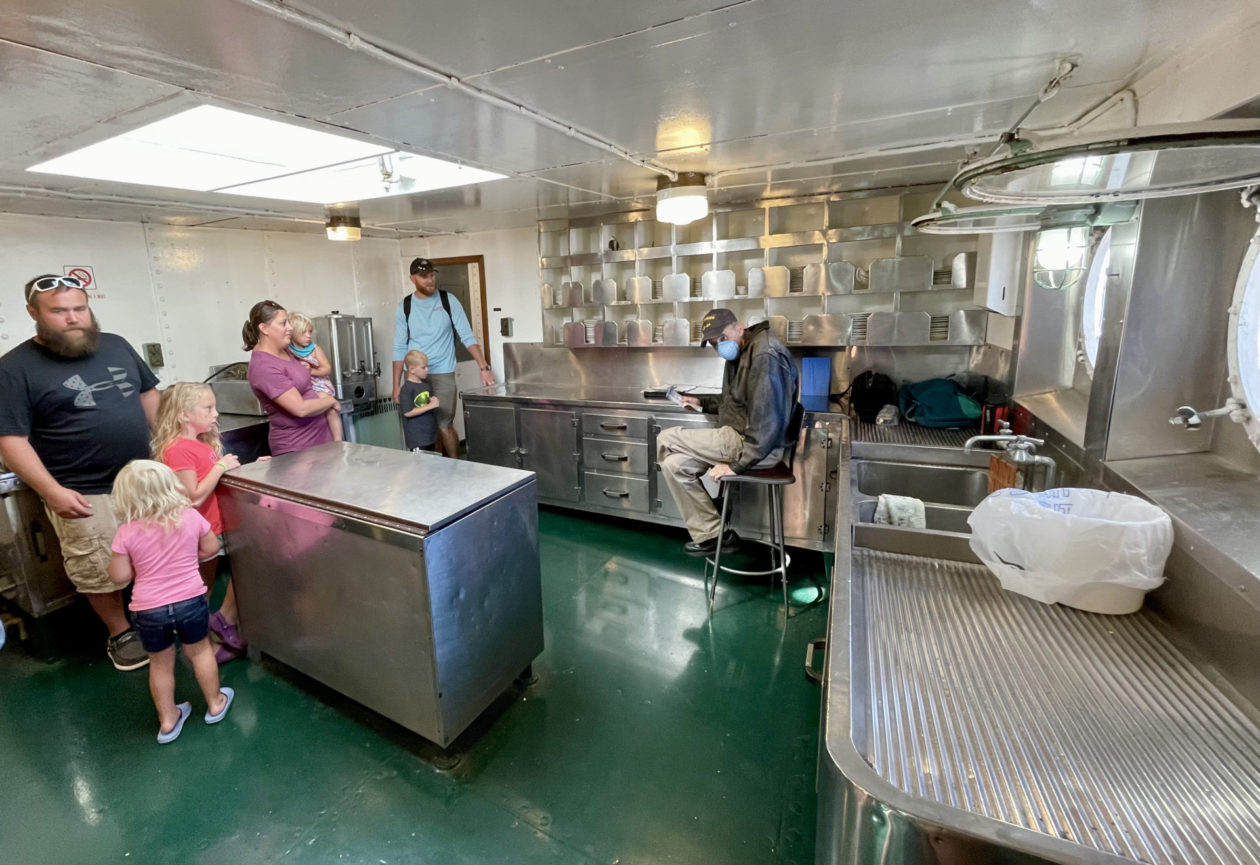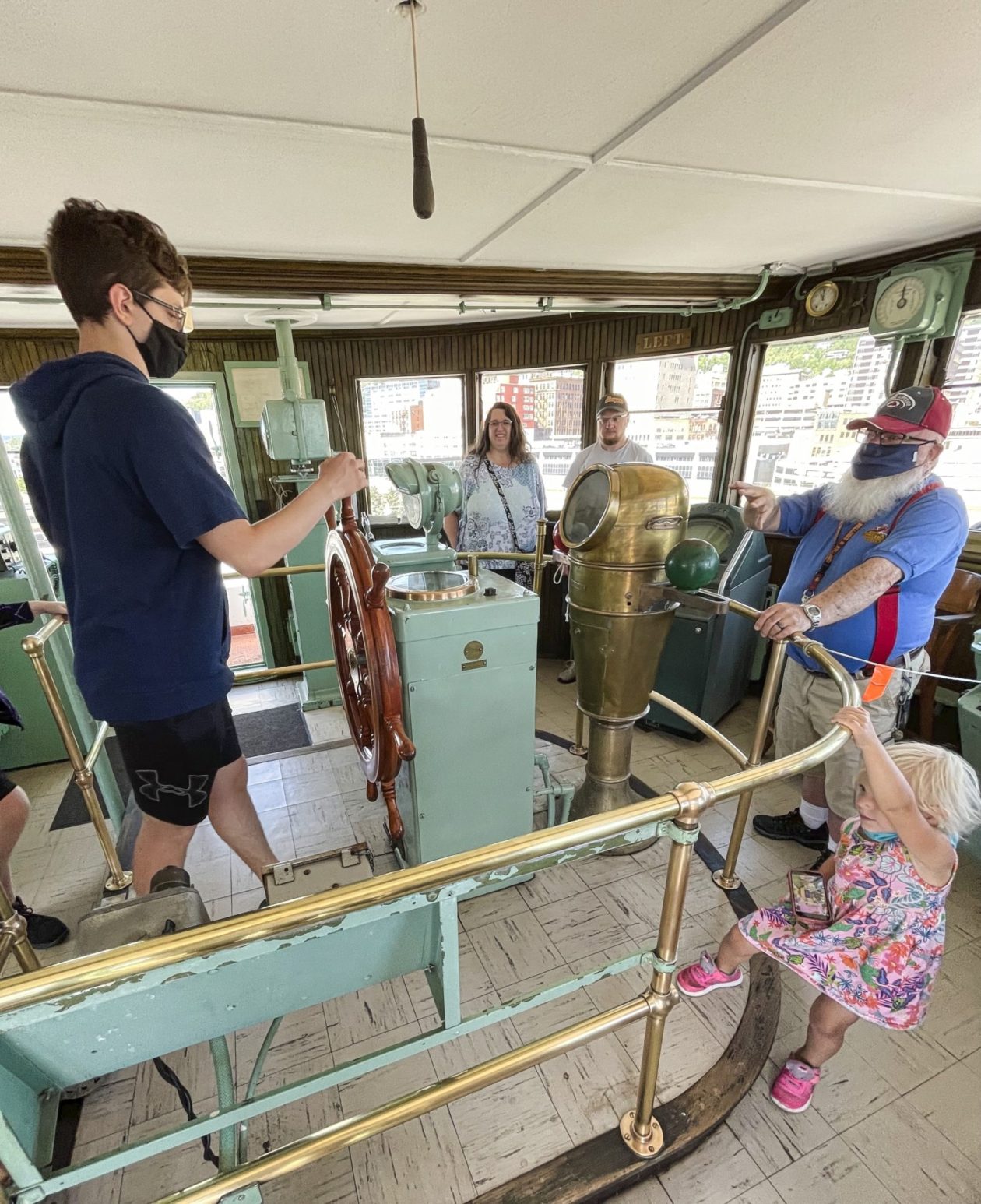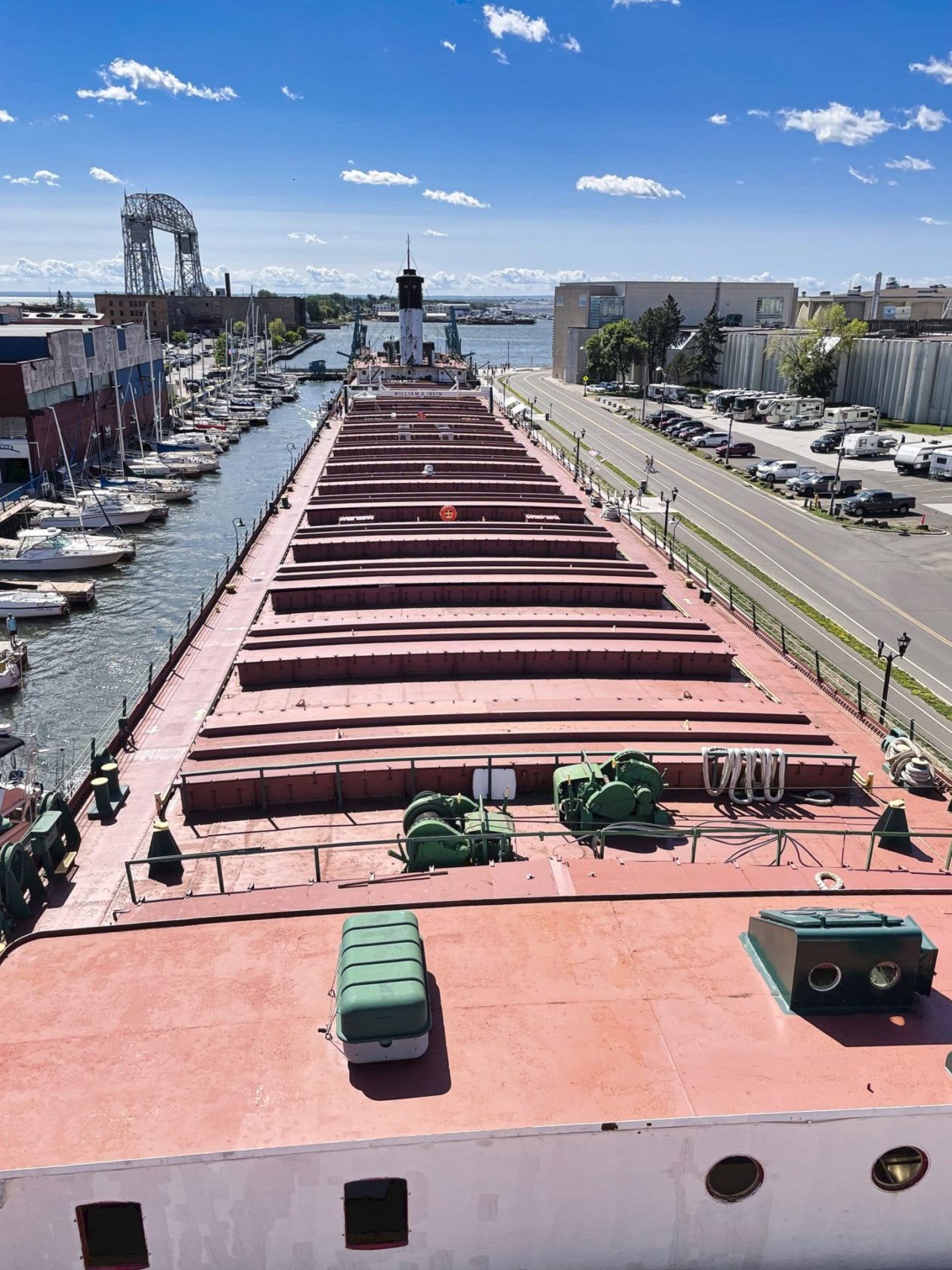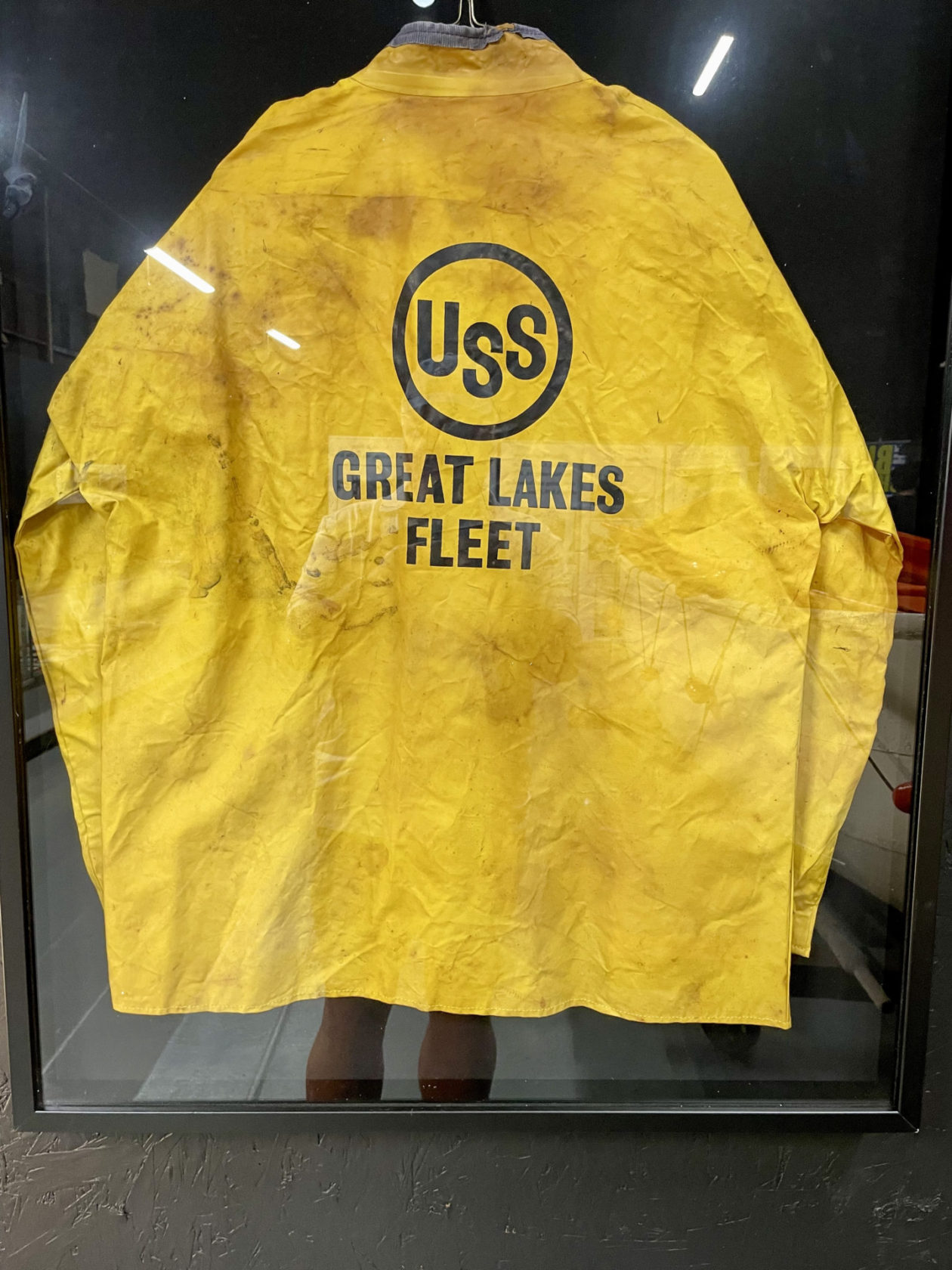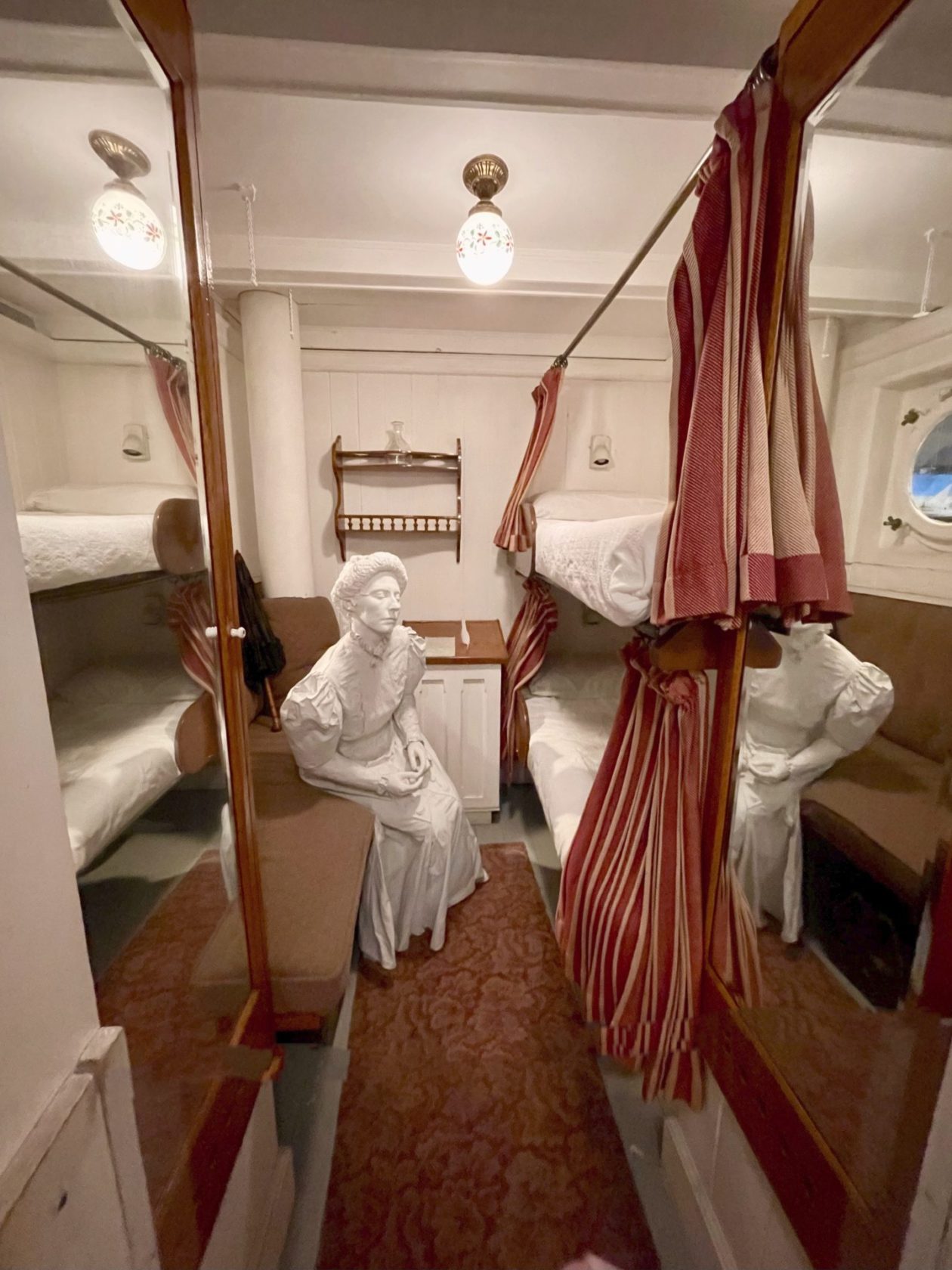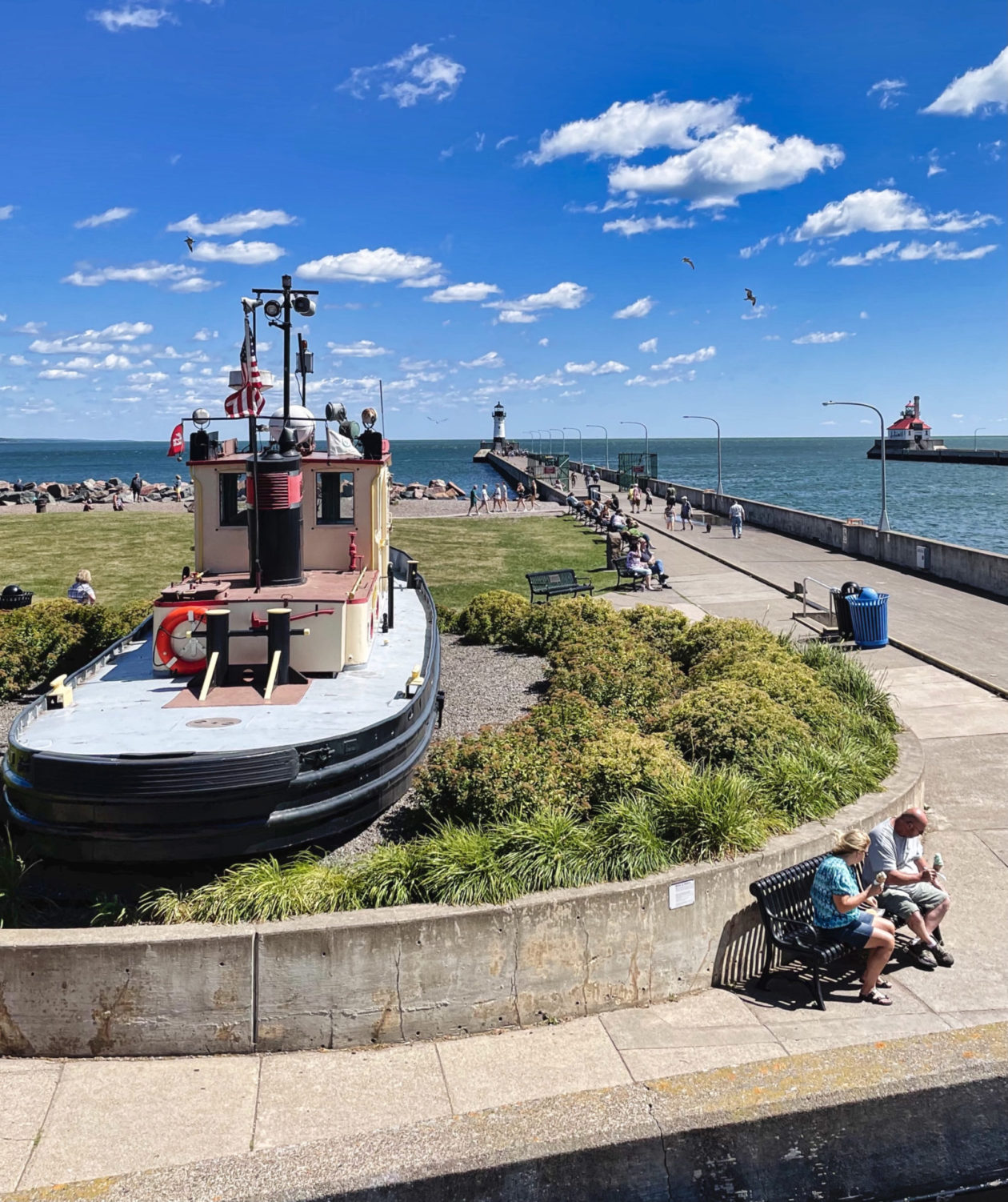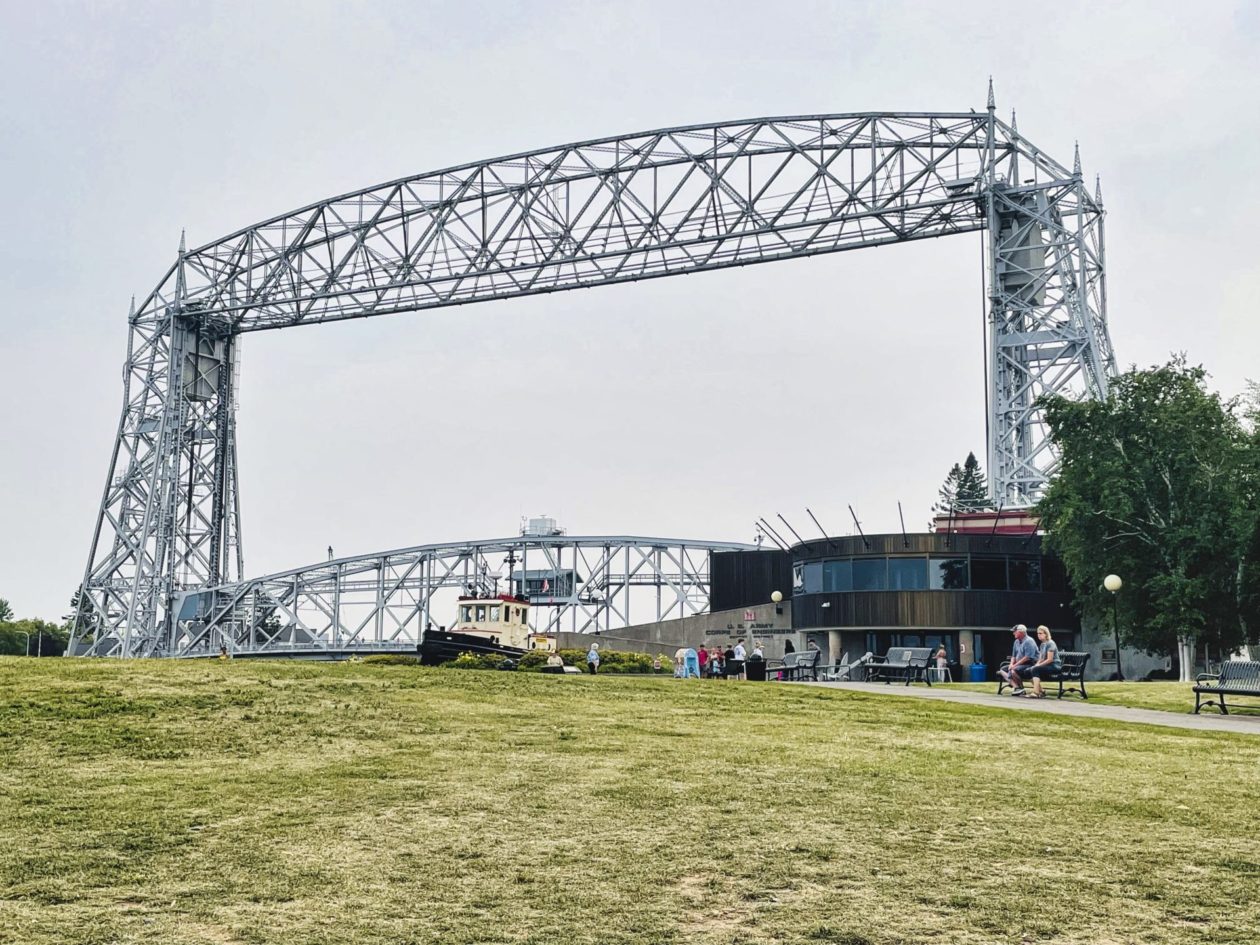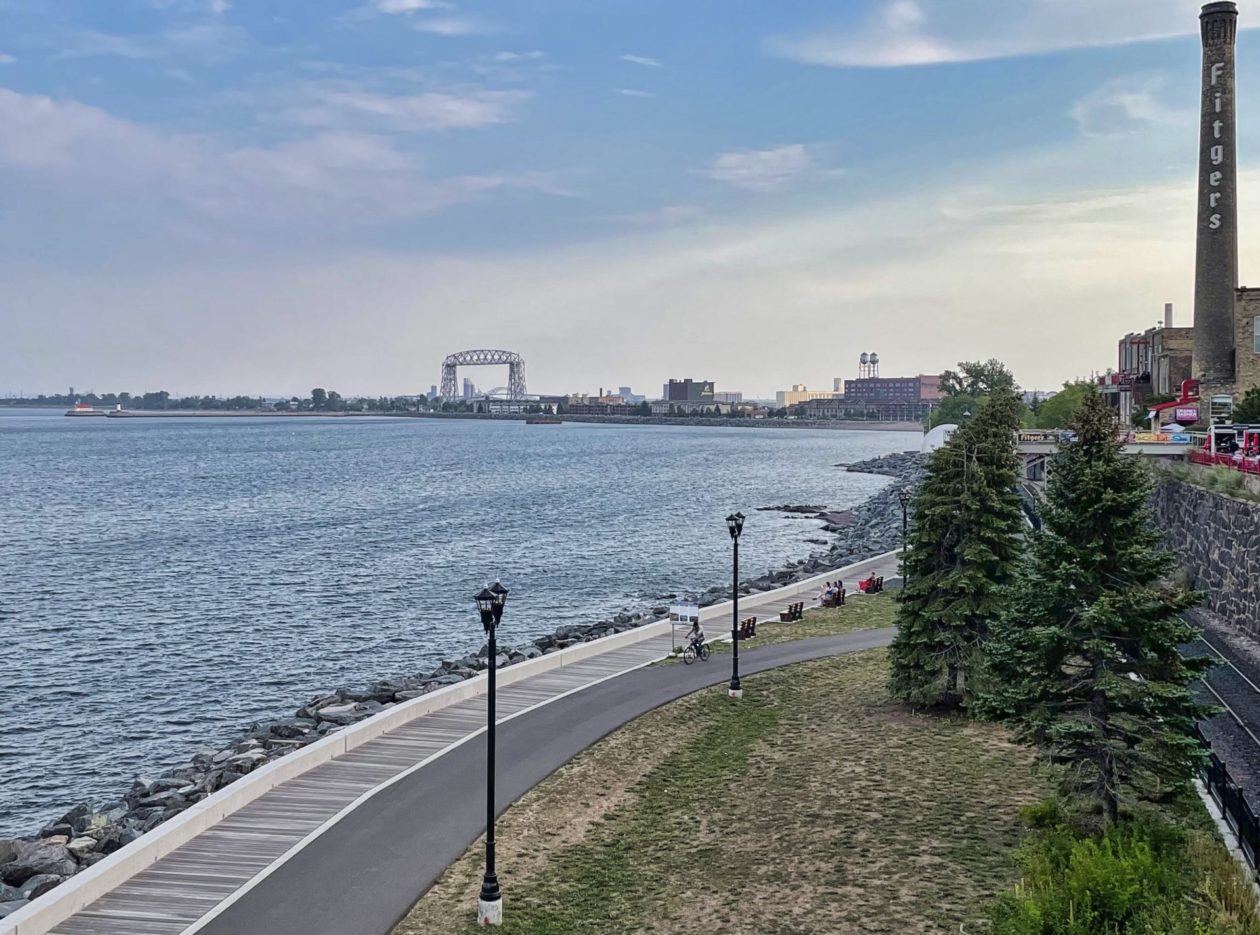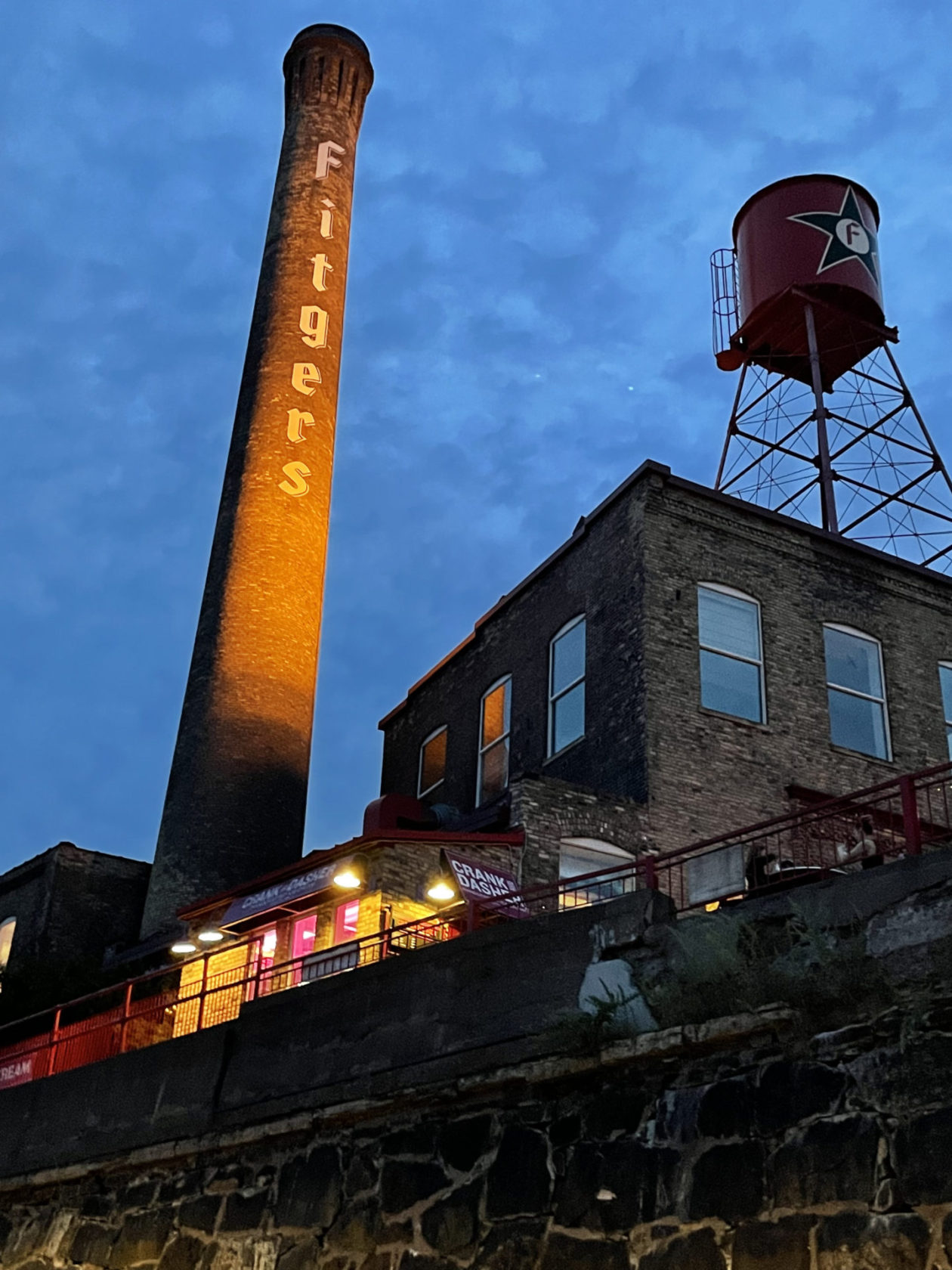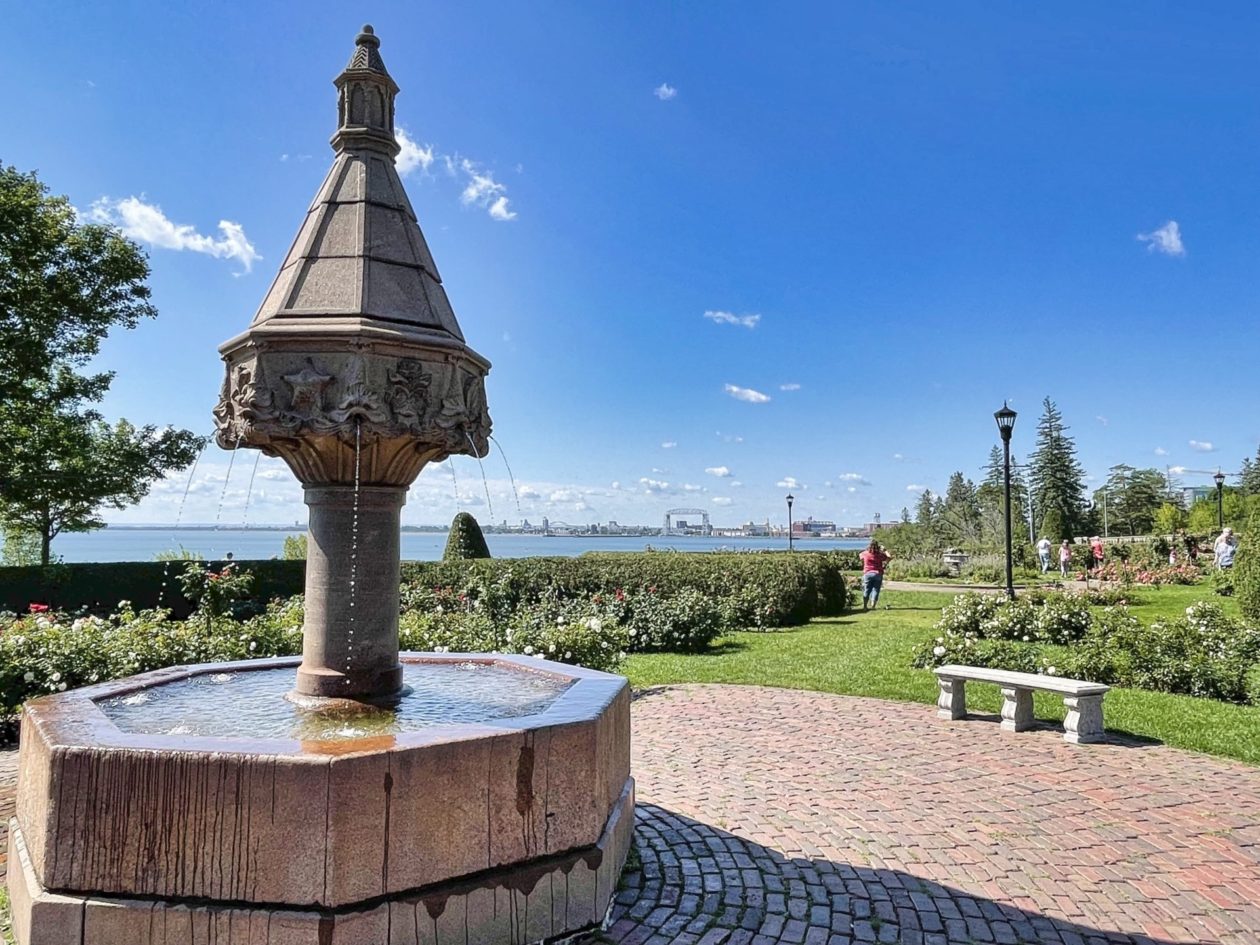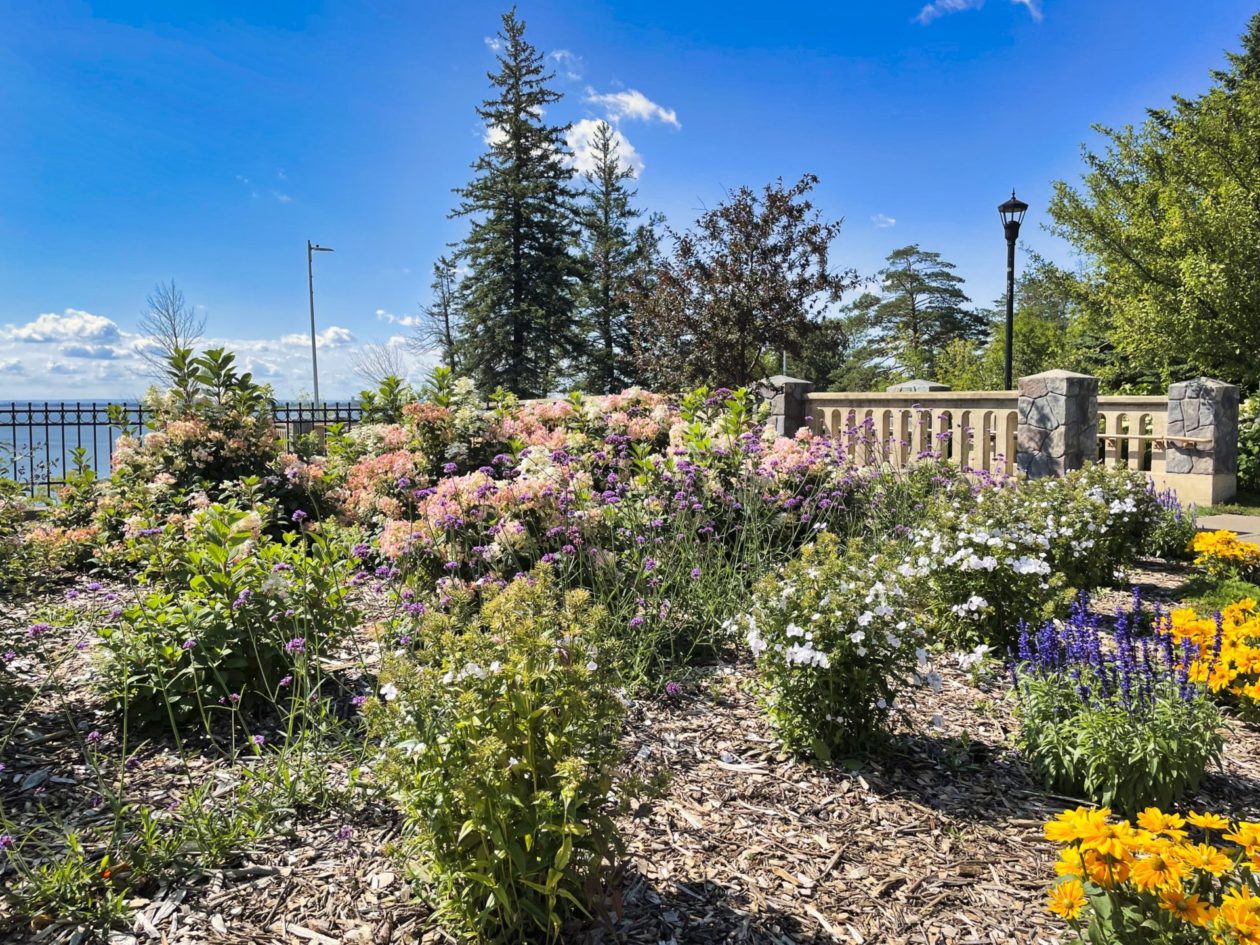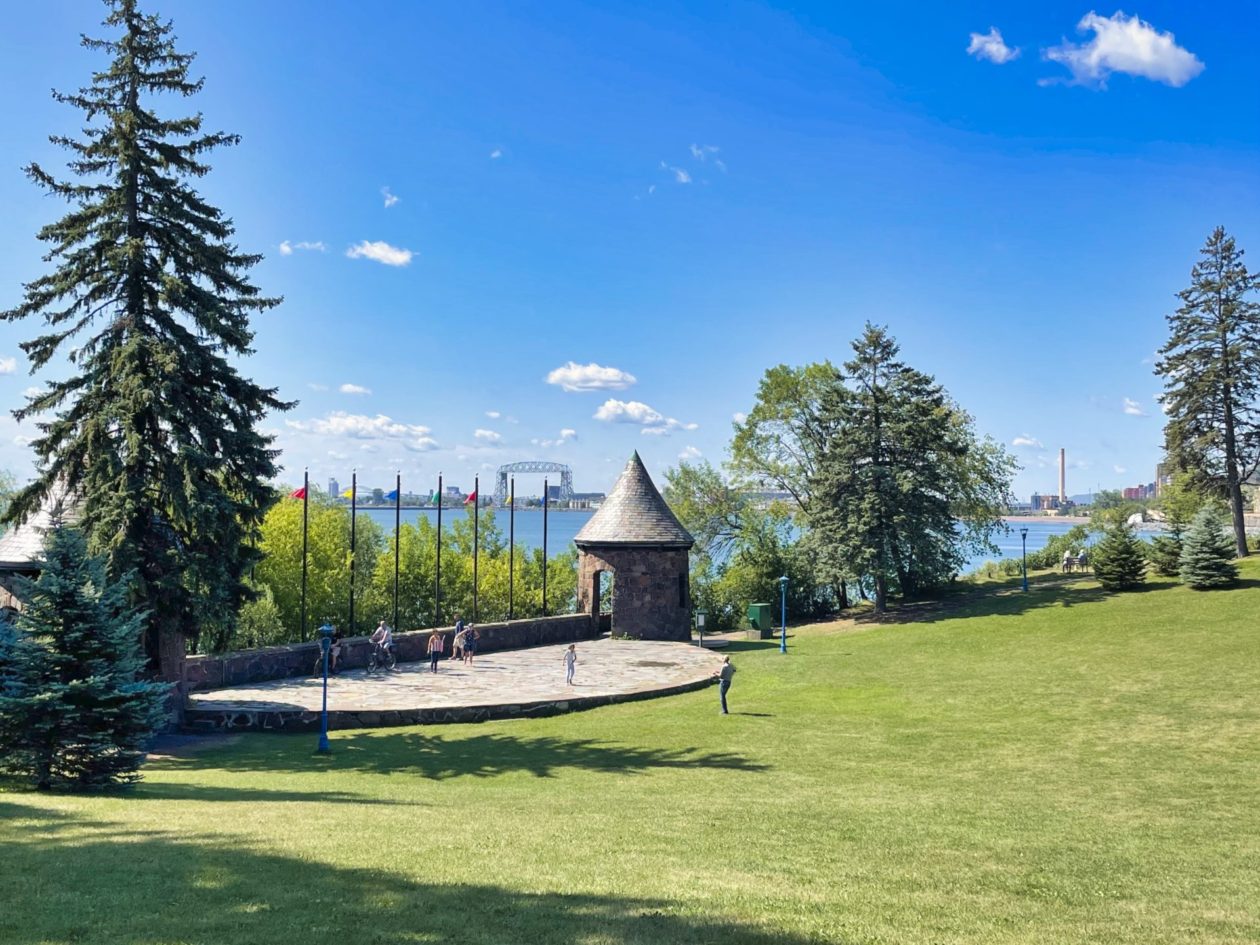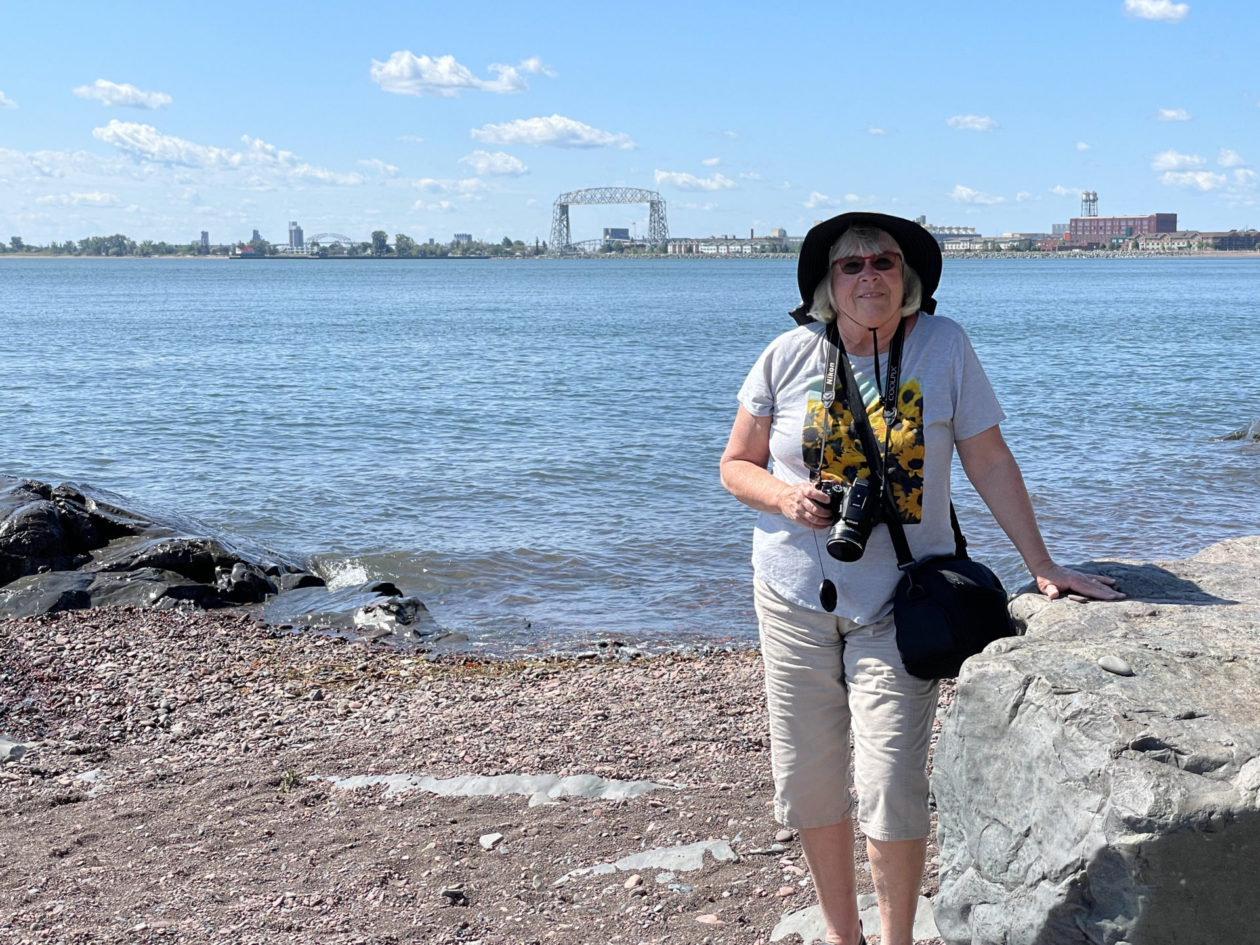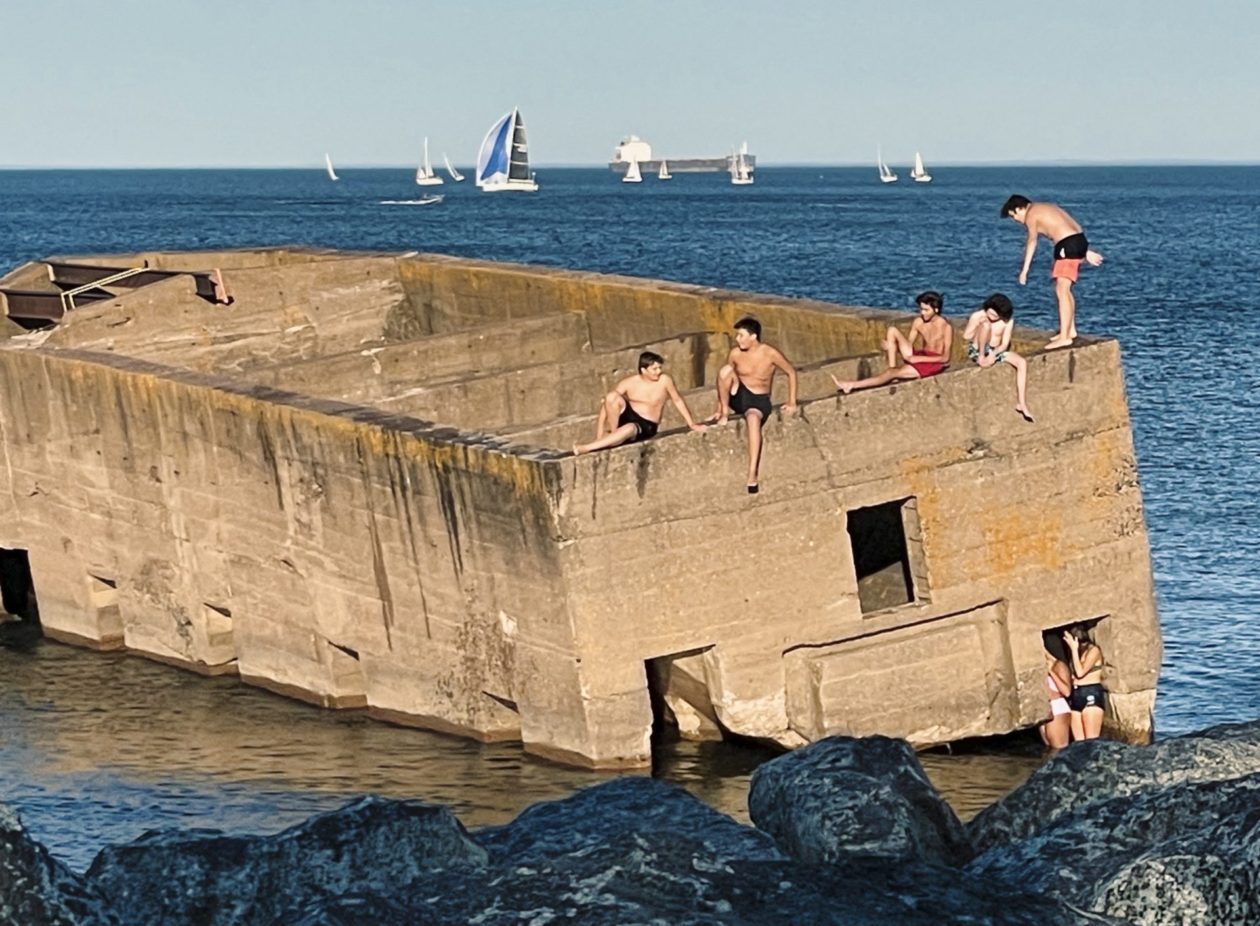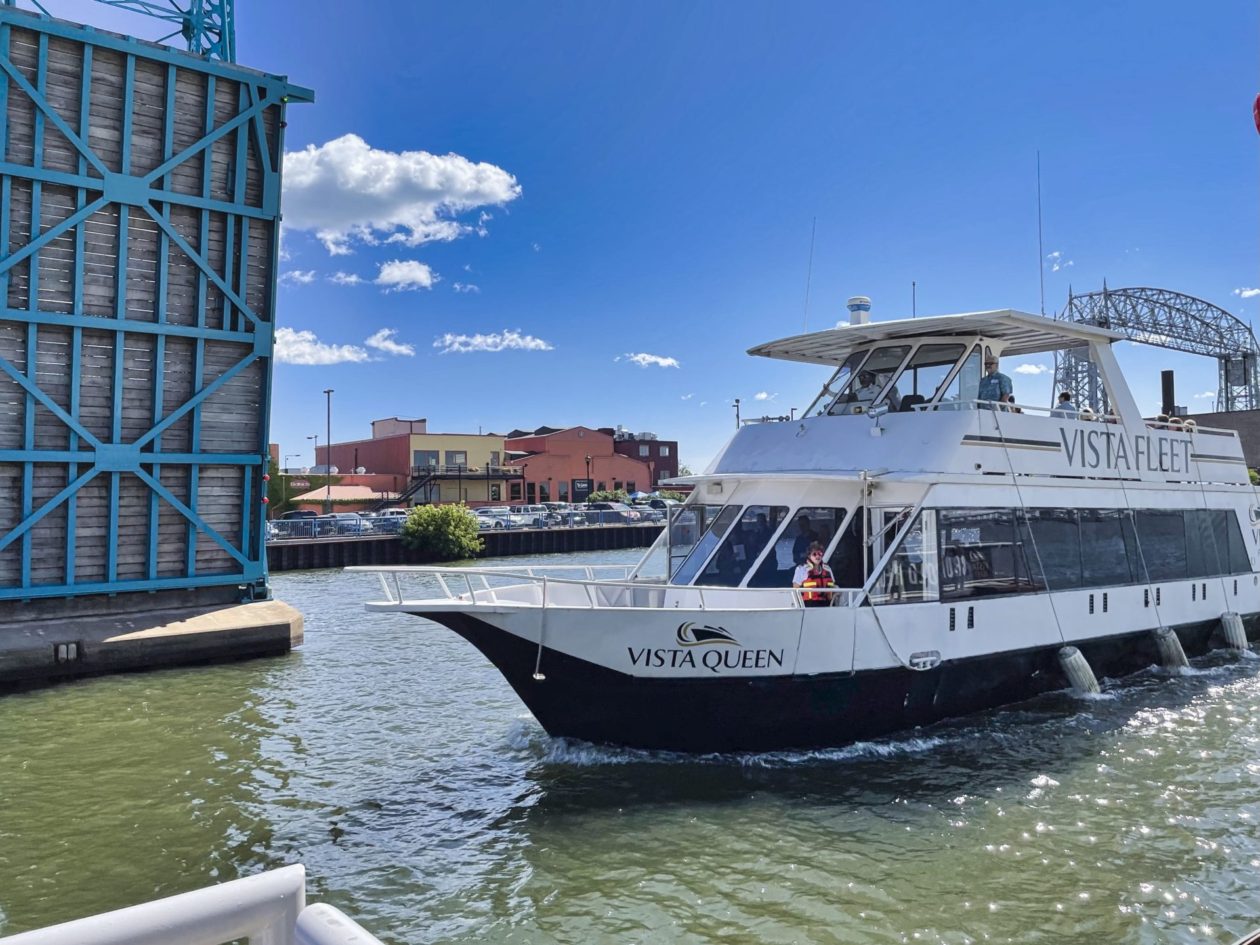- Trip start, Duluth stopover, and the International Wolf Center
- Duluth Round 2
- North Shore of Minnesota
- Isle Royale National Park
- Bayfield, Apostle Islands, and Hayward, WI
- Waterfalls, the Porkies and Bond Falls
- Pictured Rocks and the Great Lakes Shipwreck Museum
- Mackinac Island
- Dunes, friends, and the end of the trip
Hi Duluth, we’re back! Since the wait and COVID requirements convinced us that going to our planned stop in Thunder Bay, Ontario after Voyageurs National Park was not a good idea, we decided to come back and spend a few more days exploring Duluth. It was time well spent.
The history of Duluth has a lot to do with its geographic location, as the world’s farthest inland port with access to the Atlantic Ocean through the Great Lakes Waterway and the St. Lawrence Seaway. As we discovered in Voyageurs, this became a major shipping and trading port for the incredibly busy fur trade. But it turns out that the area around Duluth was rich in natural resources (e.g., coal, iron ore, lumber, limestone), so that when the fur trade faded away, Duluth’s future was assured. And the time for all this to occur was truly stunning. After “renegotiating” land treaties with the local Ojibwe Nation and opening of new canals in the area, the growth in the area began to explode (during the period of 1869-1870, Duluth was the fastest growing city in the US!). In order to supply the port, railroads were constructed, bringing the bounty of the expanding West to the waterways that would bring commodities and finished products to market. Growth continued through much of the 20th century with some downturns associated with the Depression and the US steel crisis. But with the downturn of some of the traditional businesses, there has been an increasing shift to tourism — which we happen to be taking advantage of! I don’t know if this is true, but it seems like Duluth has to have more museums per square mile than any other city in the US (yes, I’m sure that you are going to nominate your city for this title, but I was truly impressed. Part of these take advantage of the historic waterfront area and others the beautiful architecture that sprung up during Duluth’s boom years.
We were determined to put a dent into these museums during the few days we were there. Housed in a former train depot, the Lake Superior Railroad Museum has one of the largest collections of restored steam and diesel locomotives and rolling stock in the country. Some of the steam locomotives were absolutely massive, enabling larger hauls of coal and ore from the mines to transfer to the ore carrier ships. I can’t imagine shoveling coal into the maws of these leviathans and the heat must have been incredible. On the other hand, they also hadThomas the Tank Engine. Deb is not a fan of Thomas so she stayed away. The museum also operates its own scenic railroad, but we didn’t want to take the time to ride it.
We also spent some time visit ing Glensheen, an example of the fine “summer home” mansions built by the industrialists that made their fortunes there. The 12-acre estate sits on the banks of Lake Superior and is filled with gardens, bridges, and walkways — not to mention the 39-room mansion and outbuildings. Sadly, there was some major renovation happening on the grounds which took away a bit of the charm — and the photographs. The interiors, however, are stunning, filled with amazing craftsmanship and a lot of ephemera from the global travels of the Congdon’s — the owners of the house. Ultimately, the estate was donated to the University of Minnesota in 1979 to become a historic house museum.
The Navy man in me caused us to visit the William A. Irvin, once the flagship of the US Steel ore carrier fleet, which at its peak had 112 ships operating across the Great Lakes and beyond. She operated for over 40 years, delivering coal and iron ore to ports across the Great Lakes. Ultimately, she was retired when her mere 610 foot length was eclipsed by new !000 foot plus ships. Some of the docents onboard the ship were actually part of the 32-man crew on the Irvin when she was operating. Needless to say, they had some colorful stories to share!

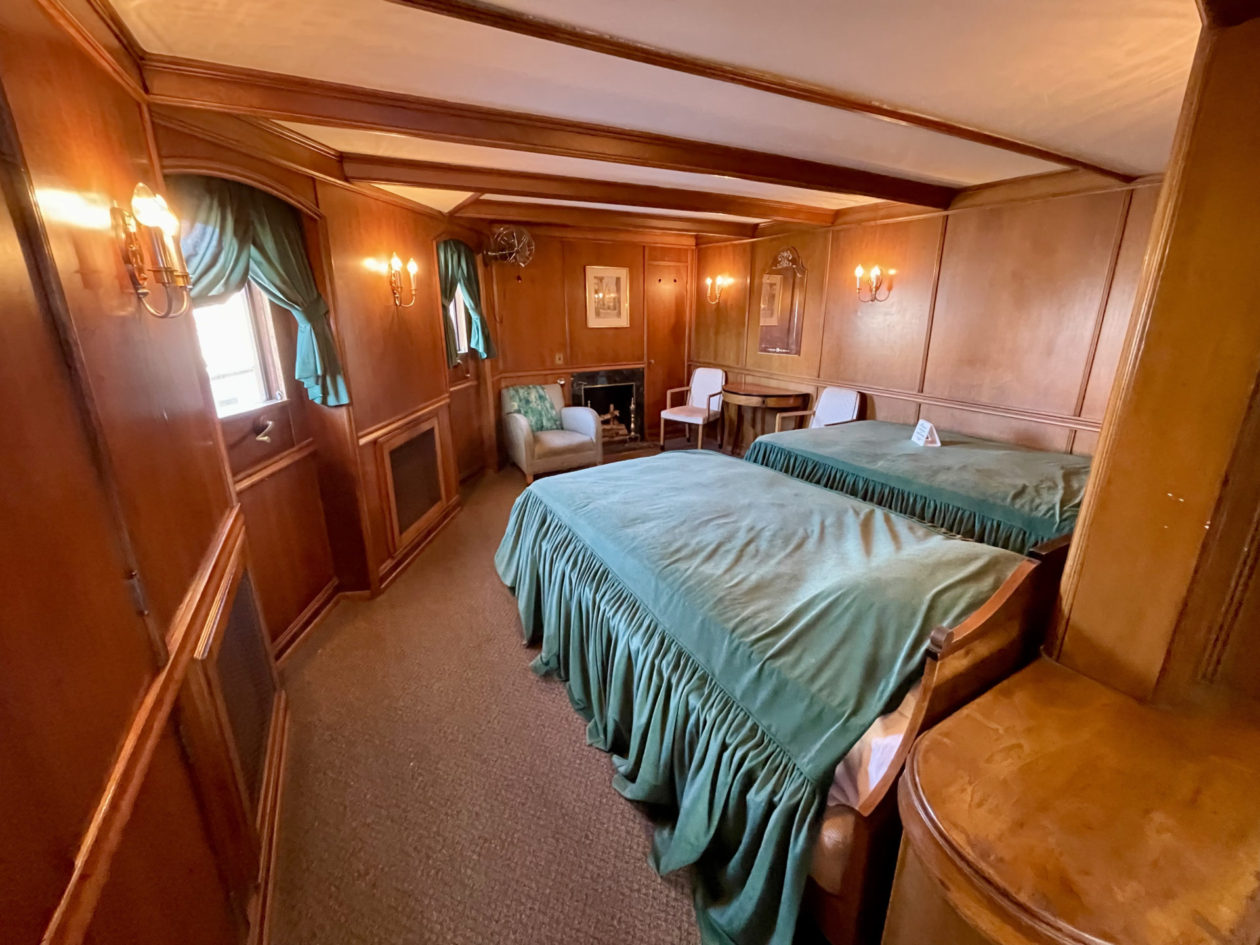
We also visited the Lake Superior Marine Museum and Maritime Visitor Center, that is actually operated by the Army Corps of Engineers. They host it as a way to preserving the maritime heritage of Lake Superior in general, and the ports of Duluth and Superior, WI in particular — and promoting what a good job the Army Corps of Engineers is doing. They have a pretty amazing collection of artifacts in the museum as well as a number of films on the history of shipping in the Great Lakes.
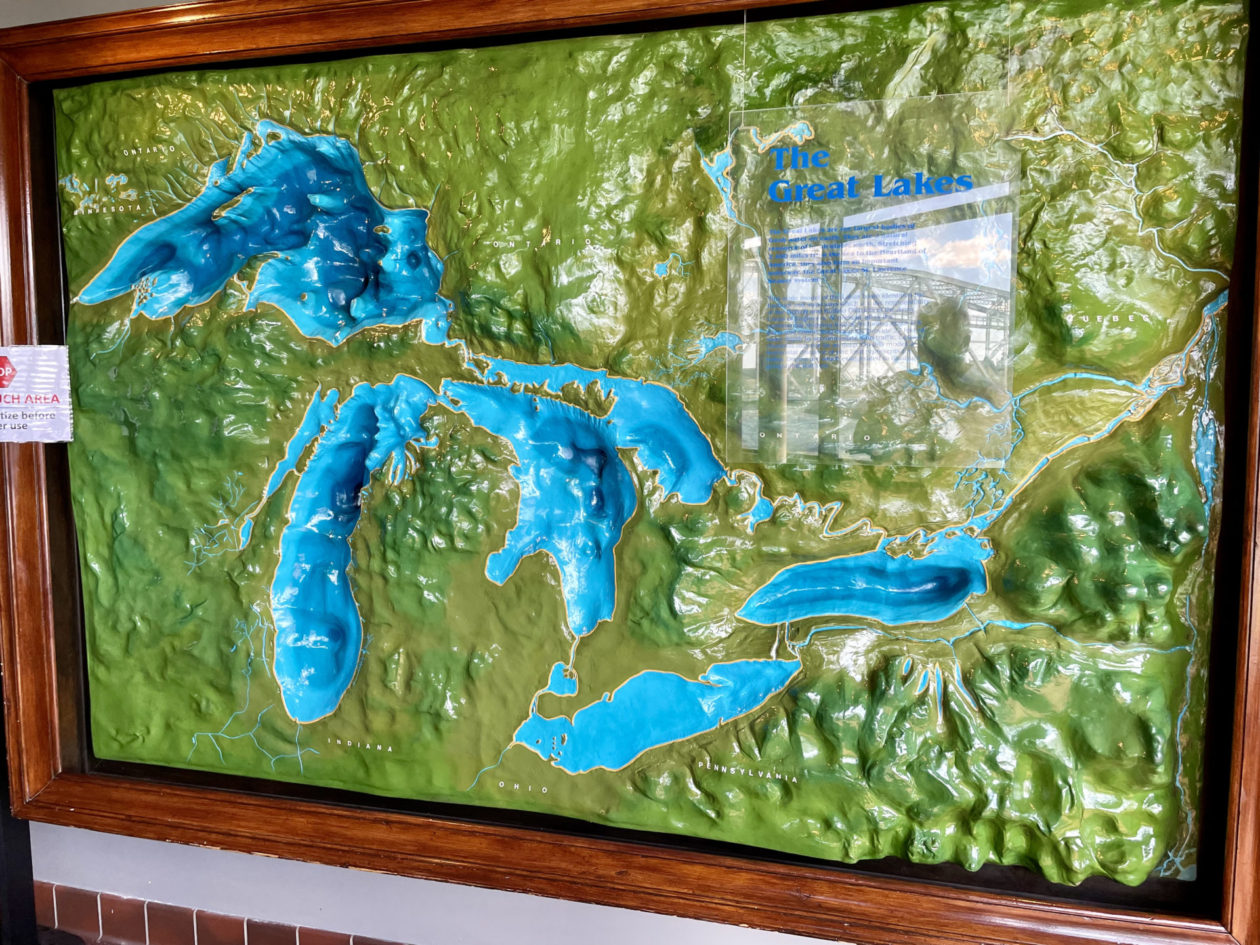
But part of the fun is just wandering along the waterfront Lakewalk trail, a 7.5 mile paved trail that passes through Canal Park, (where many of the museums and 1905 Aerial Lift Bridge are located, and continues through a variety of gardens, etc. Along here, we also visited Leif Erikson Park, a beautiful area filled with a wide variety of roses and a giant statue of Leif. Now of course you ask yourself why is there a park and statue named after Erikson here — this seems to be a ways from his supposed path of discovery. Did he have a summer home here?! No, apparently this is an example of the pride displayed by the large Scandinavian population that lives here (apparently there is another one in Minneapolis). One thing that is noteworthy along the Lakewalk Trail is that it is a restoration that was done after a major storms in 2017 and 2018 destroyed the original . The newly protected area includes many of the hotels, restaurants, and shops in Canal Park. Even with over 100,000 tons of large rocks placed along the water adjacent to the trail, it makes you wonder if that could happen again, especially with the increasing violence of the storms associated with climate change.
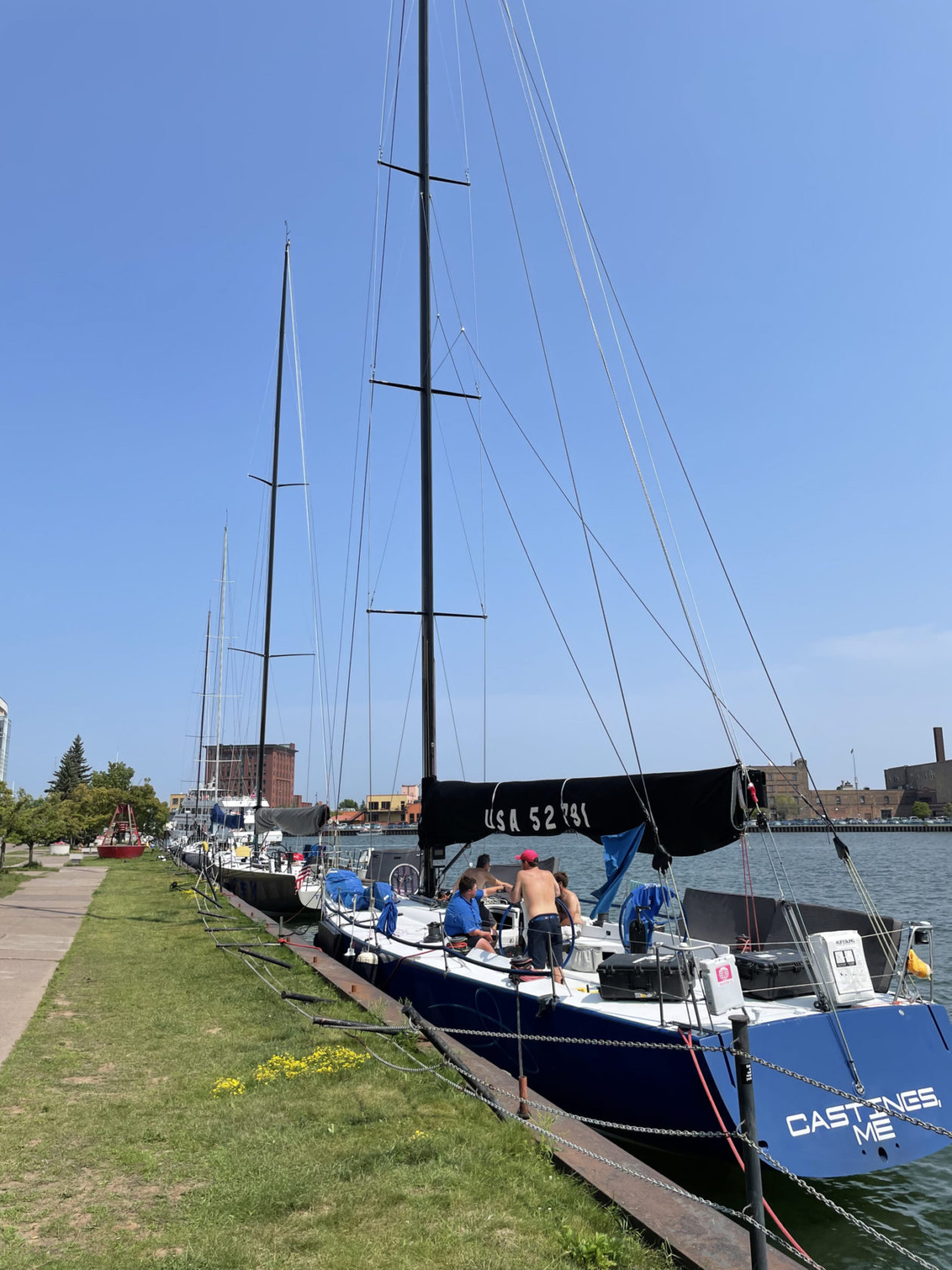
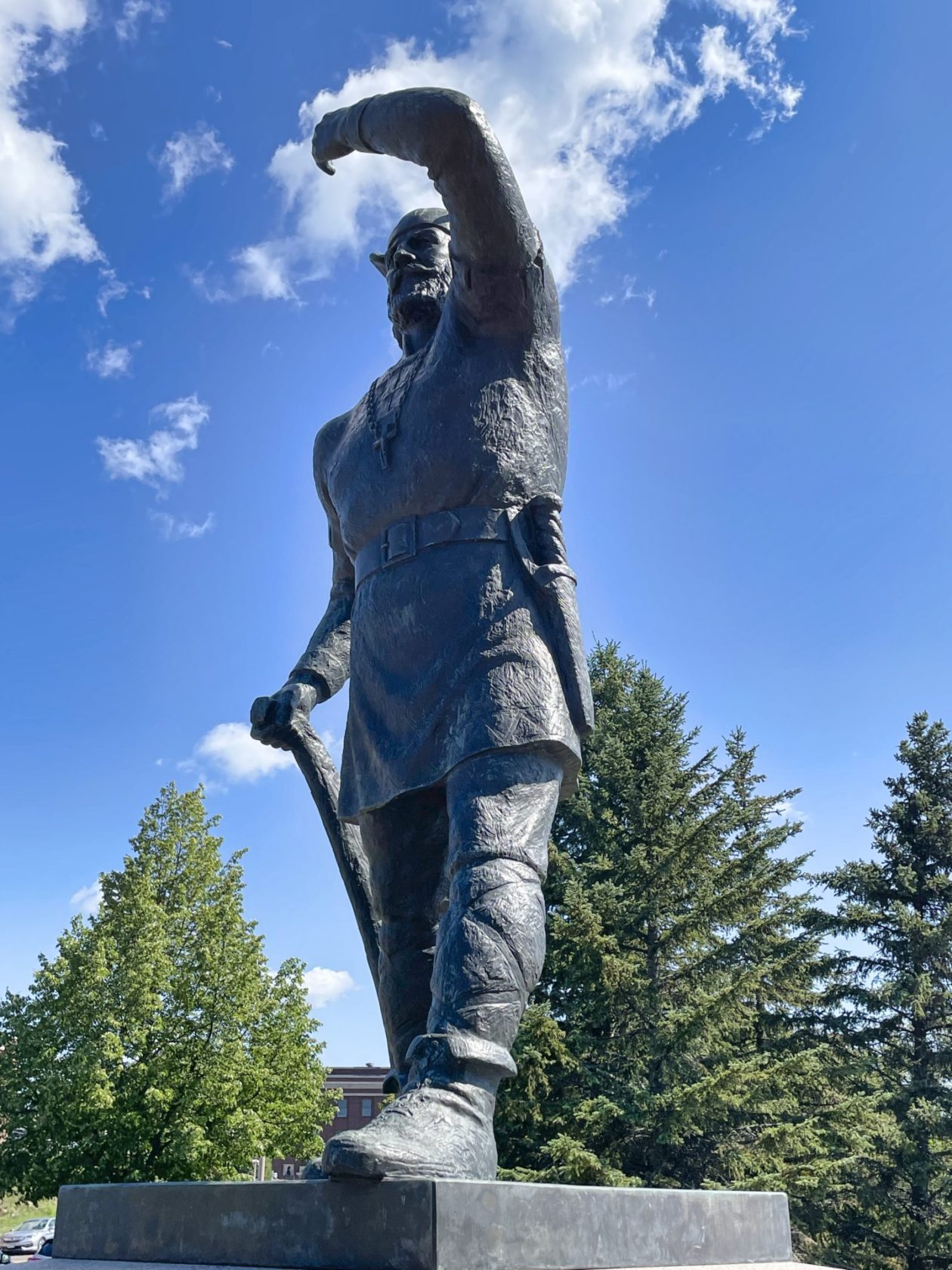
While the weather was somewhat hot and humid, we really enjoyed our time in Duluth and would definitely return if we find ourselves in this neck of the woods.
This entry was posted in Minnesota, Travel, United States